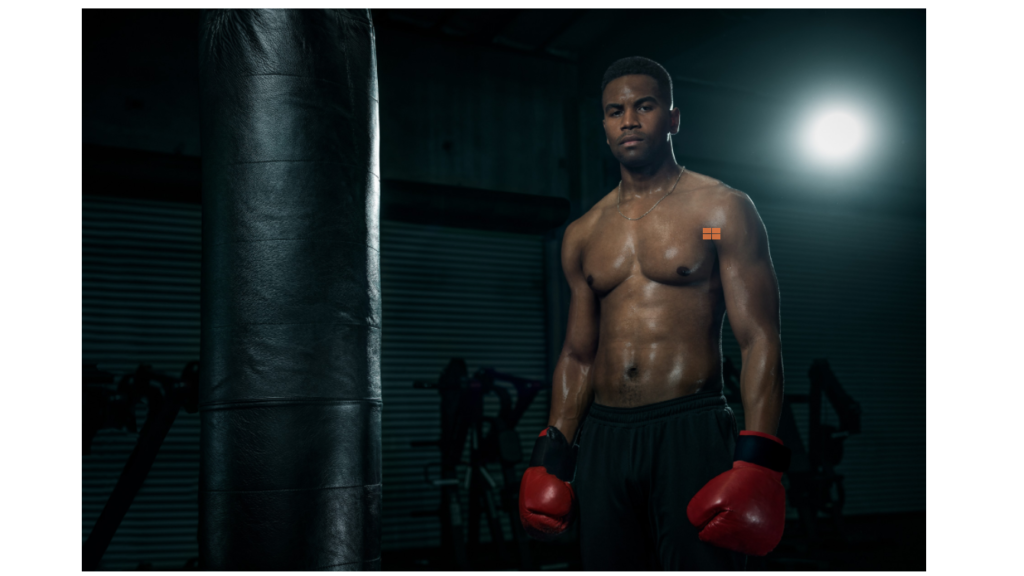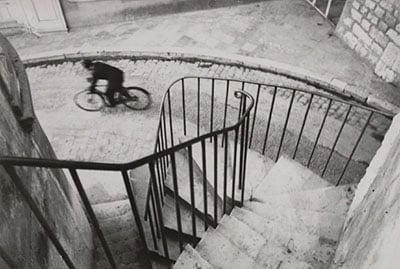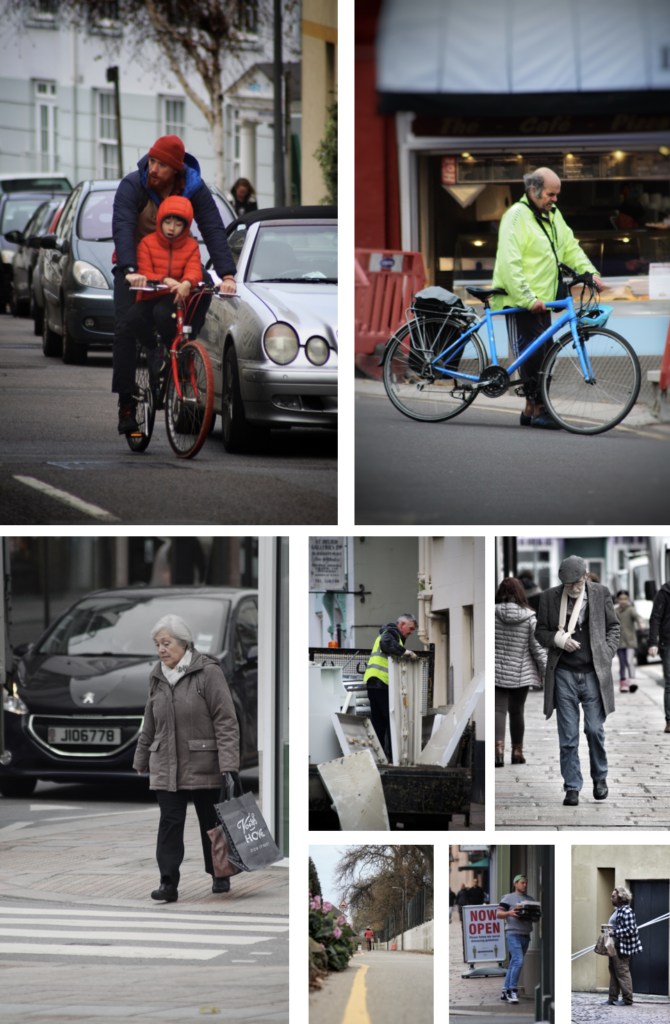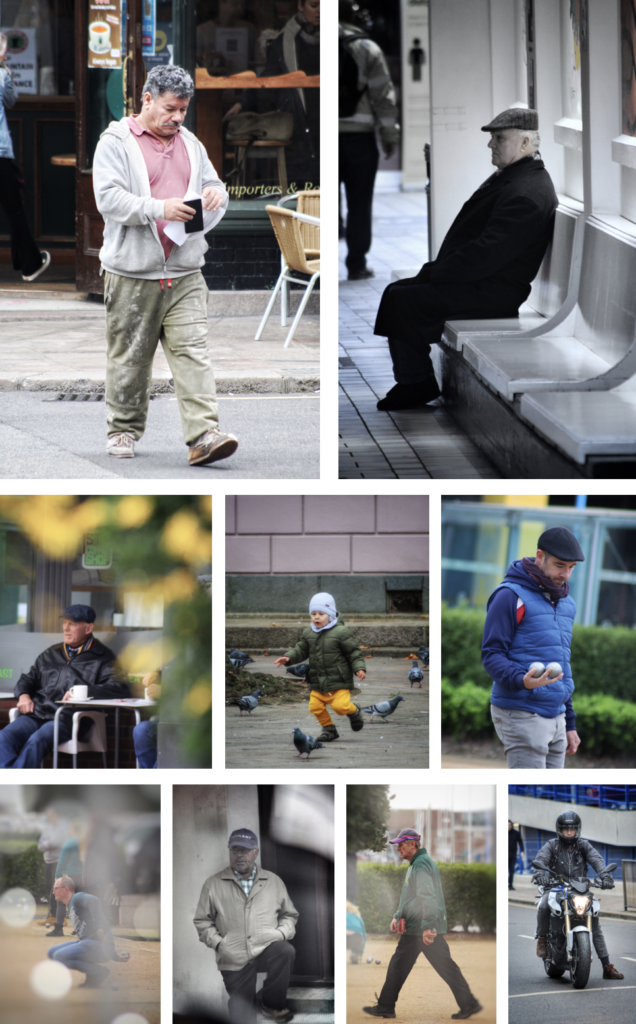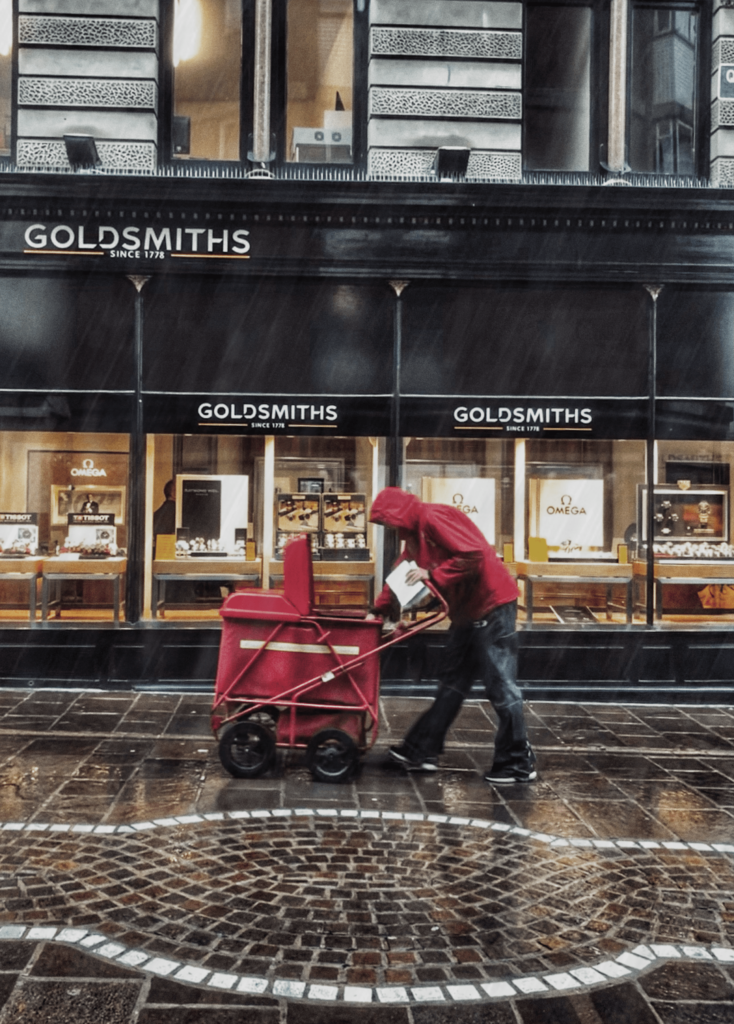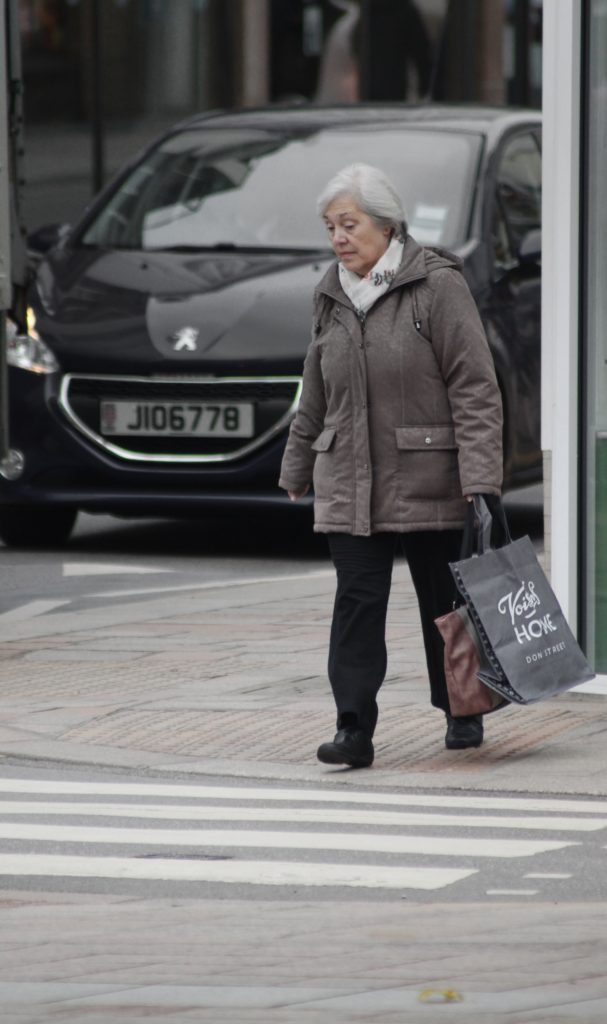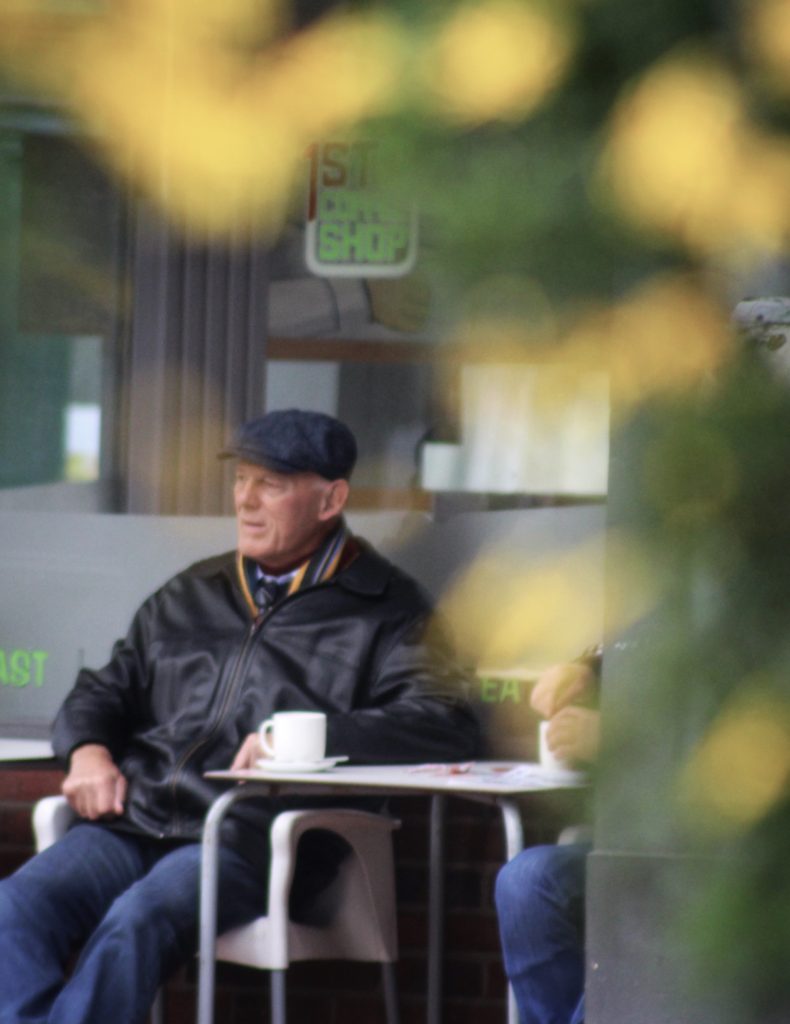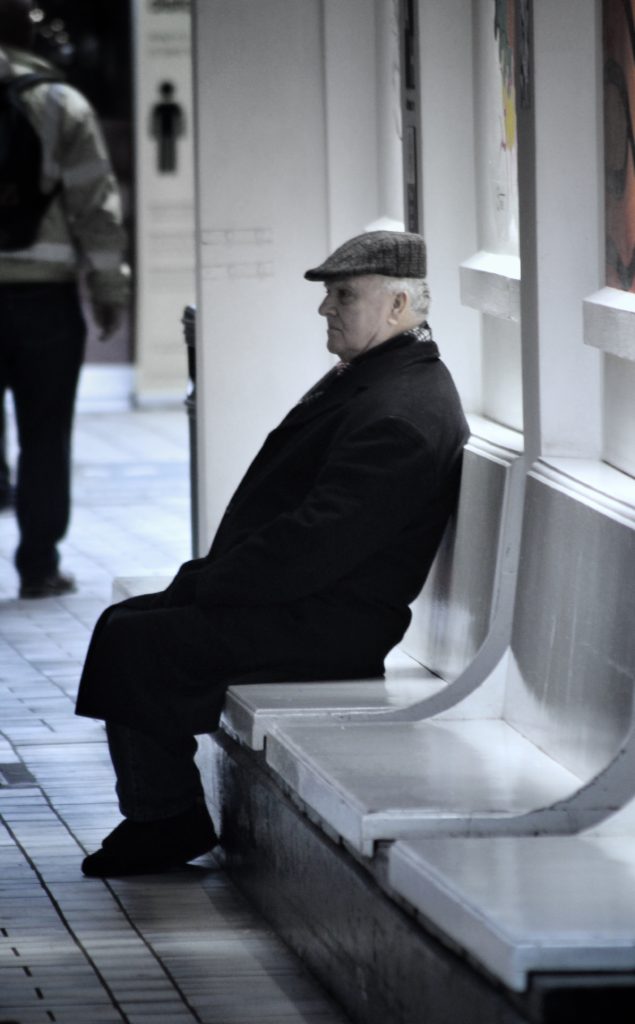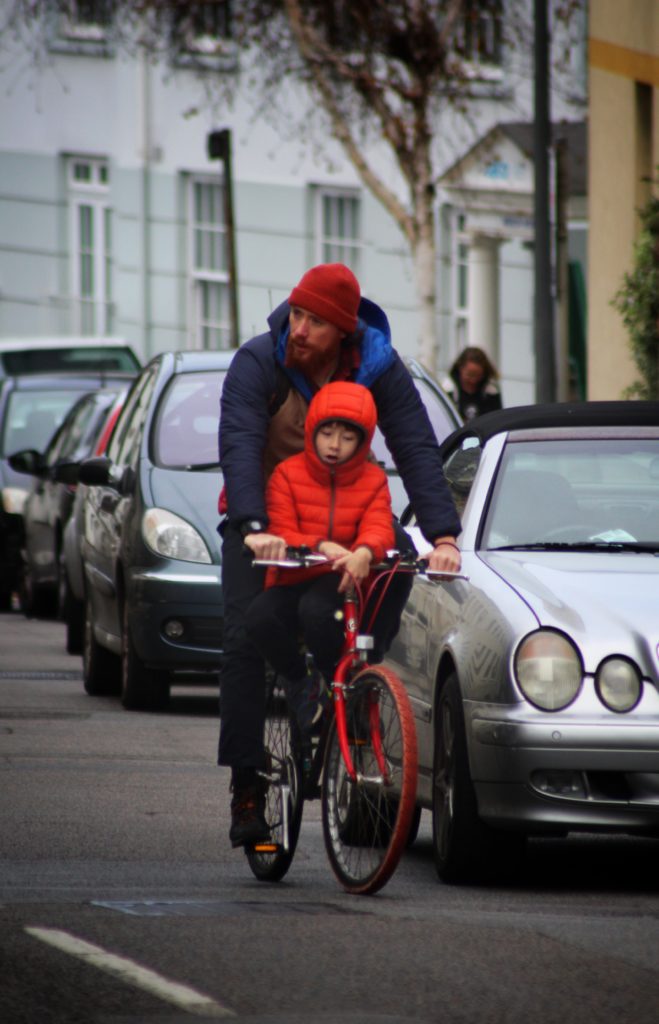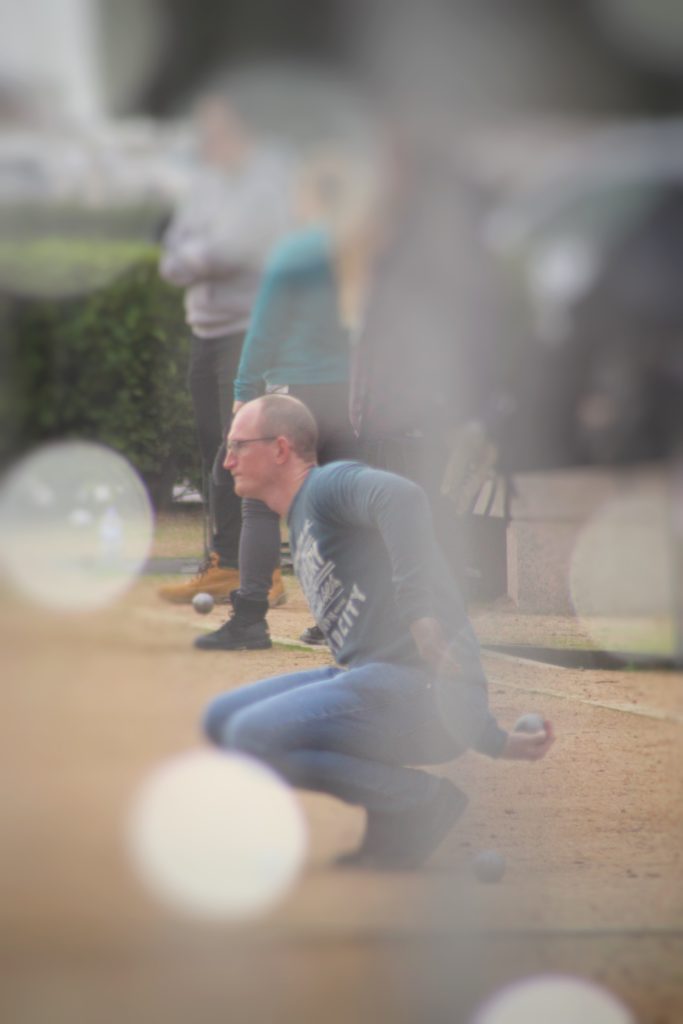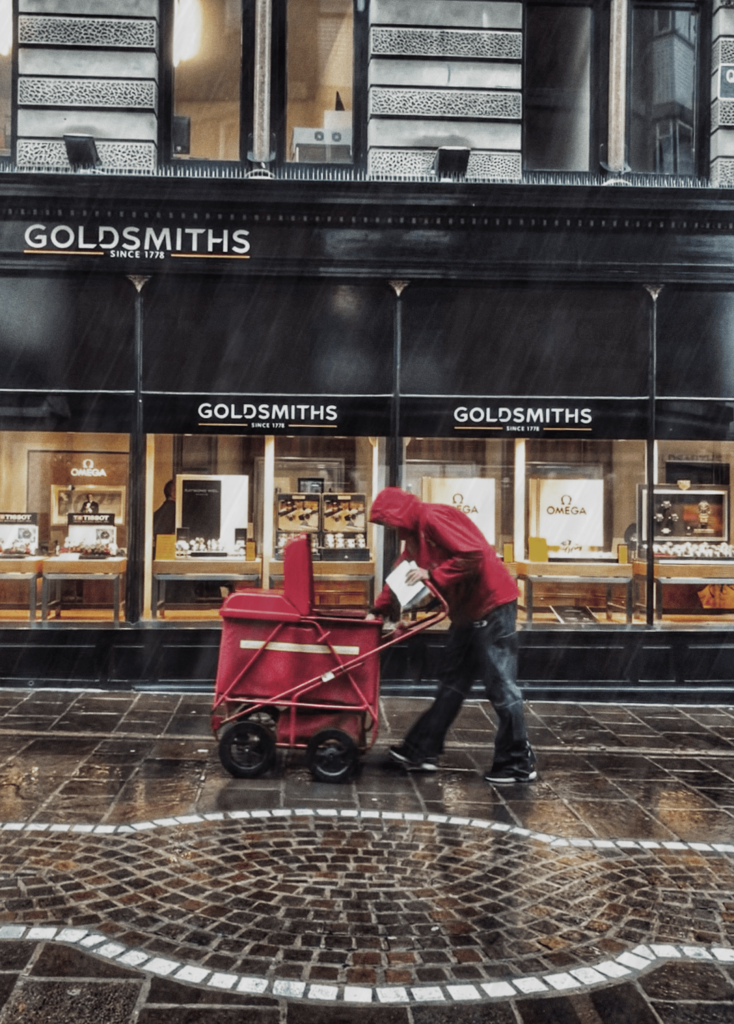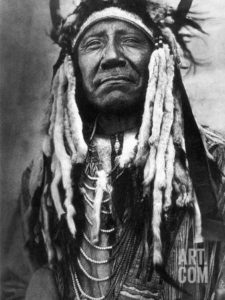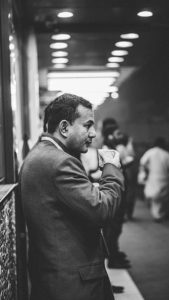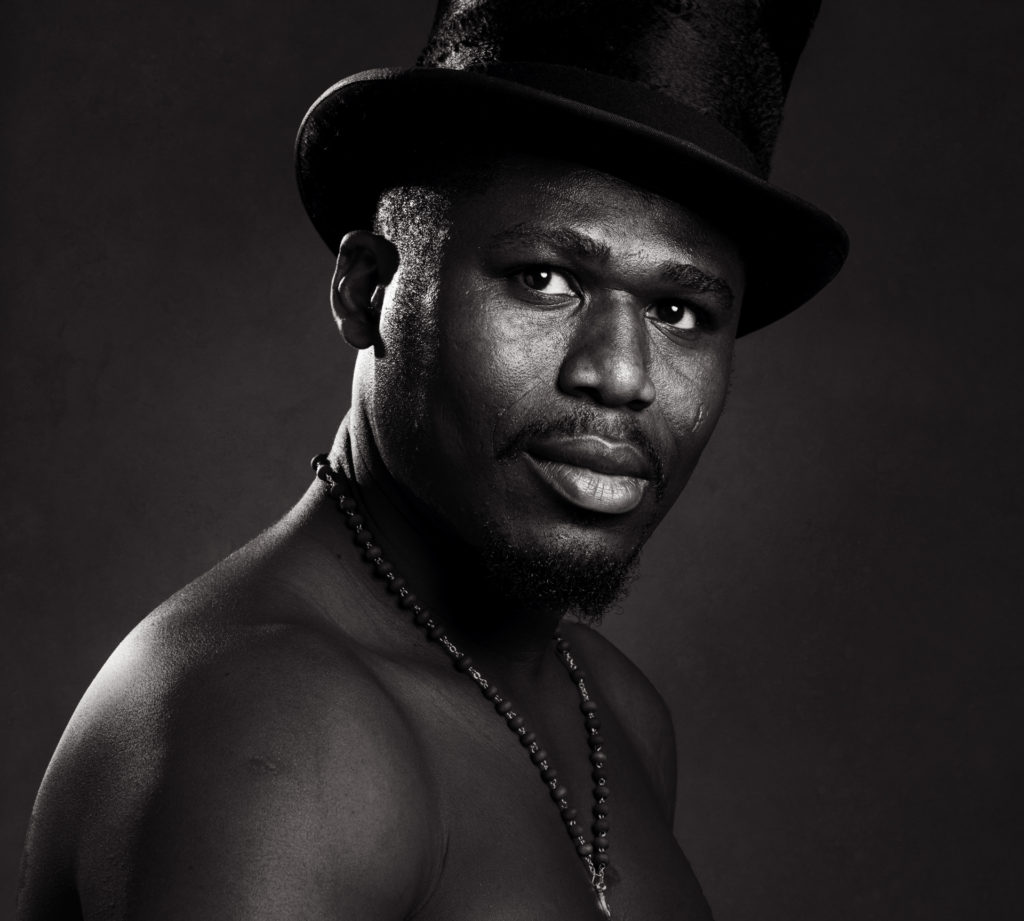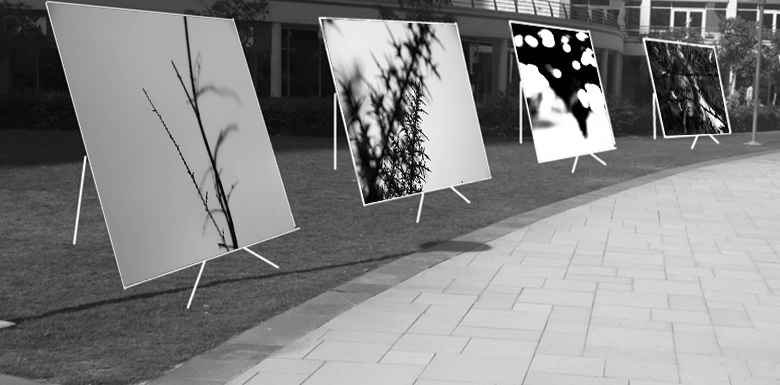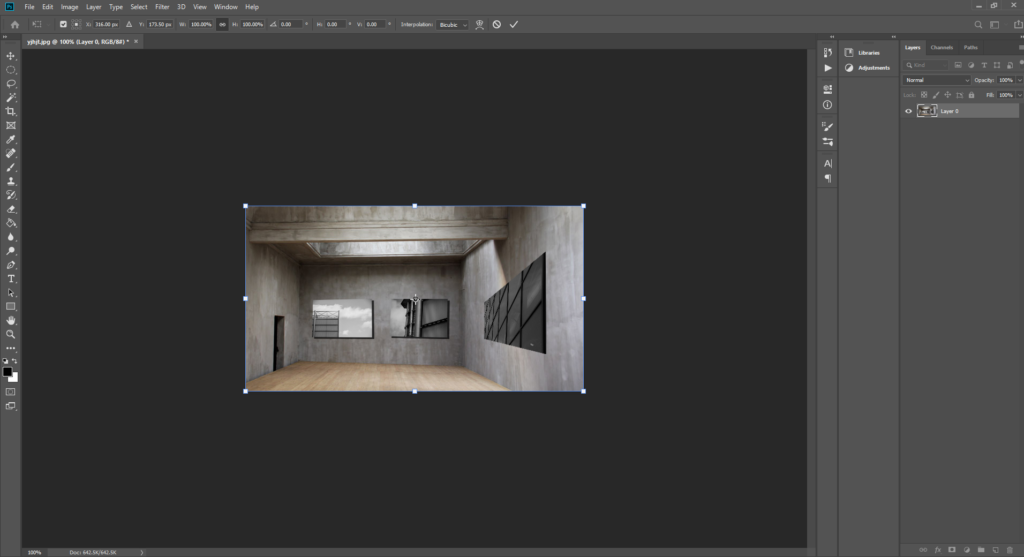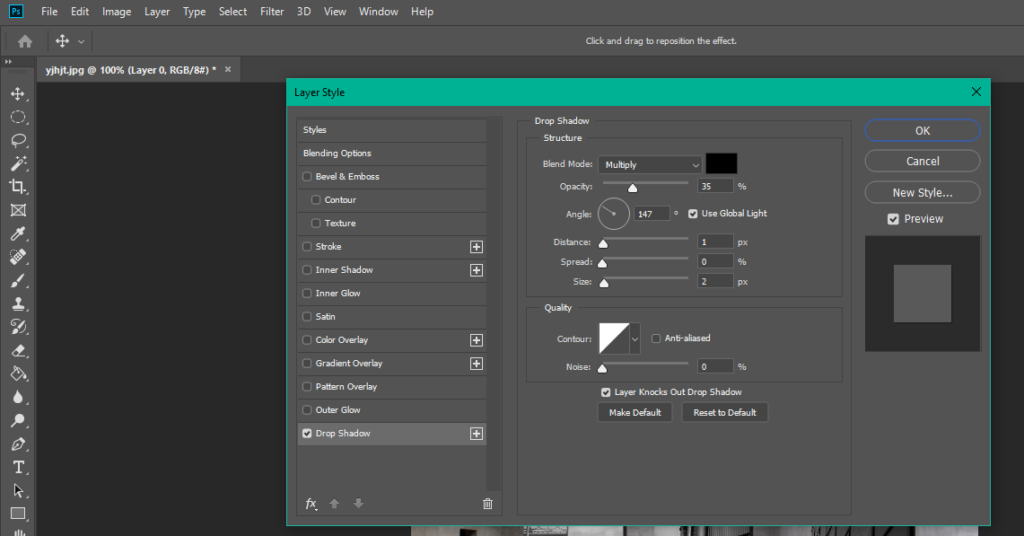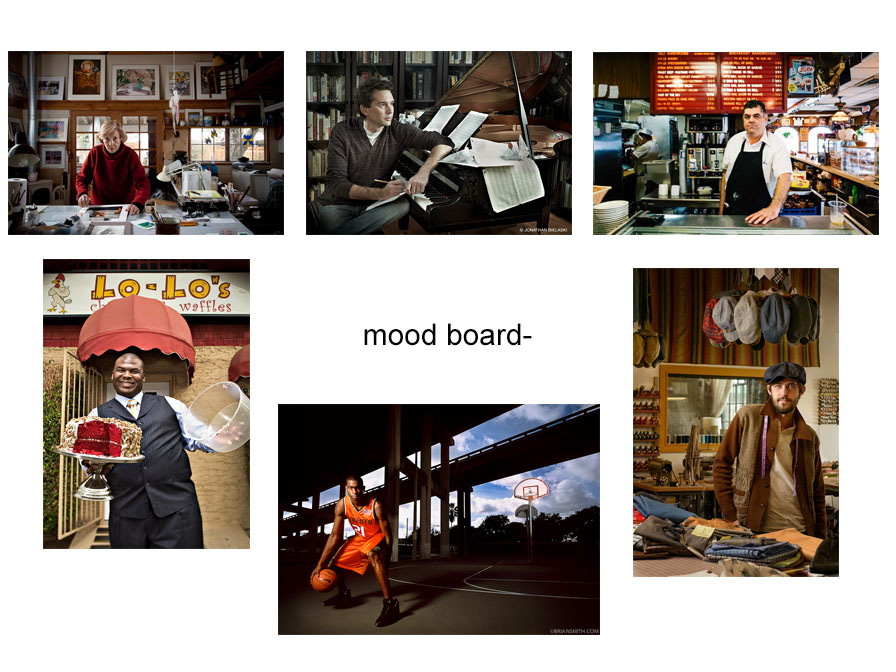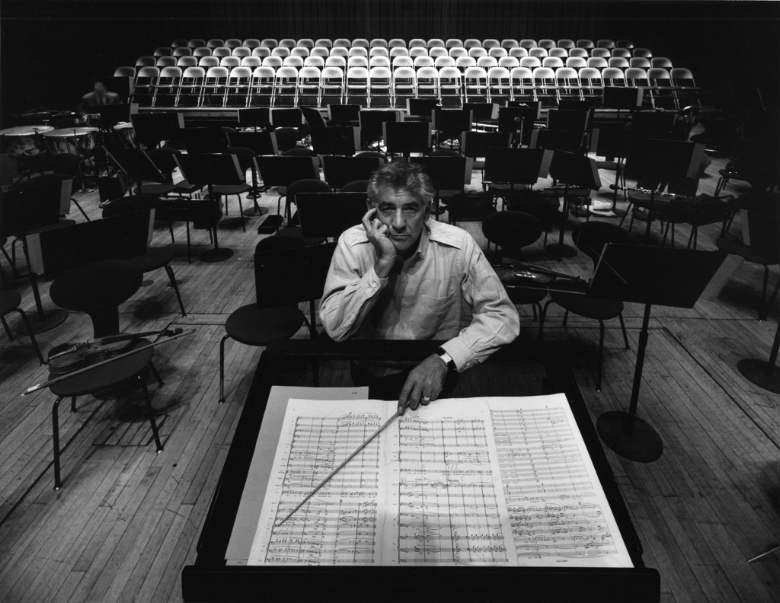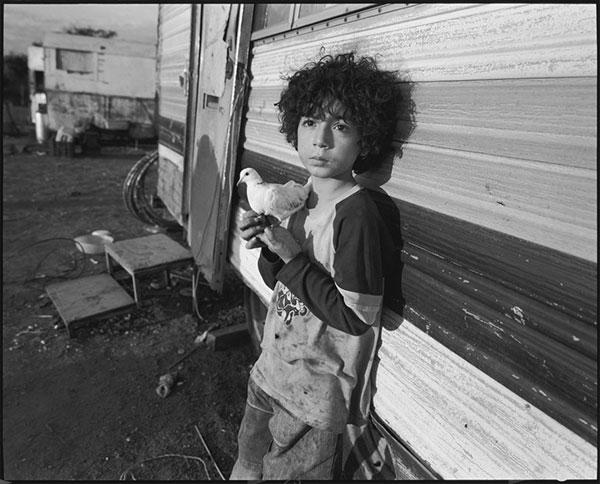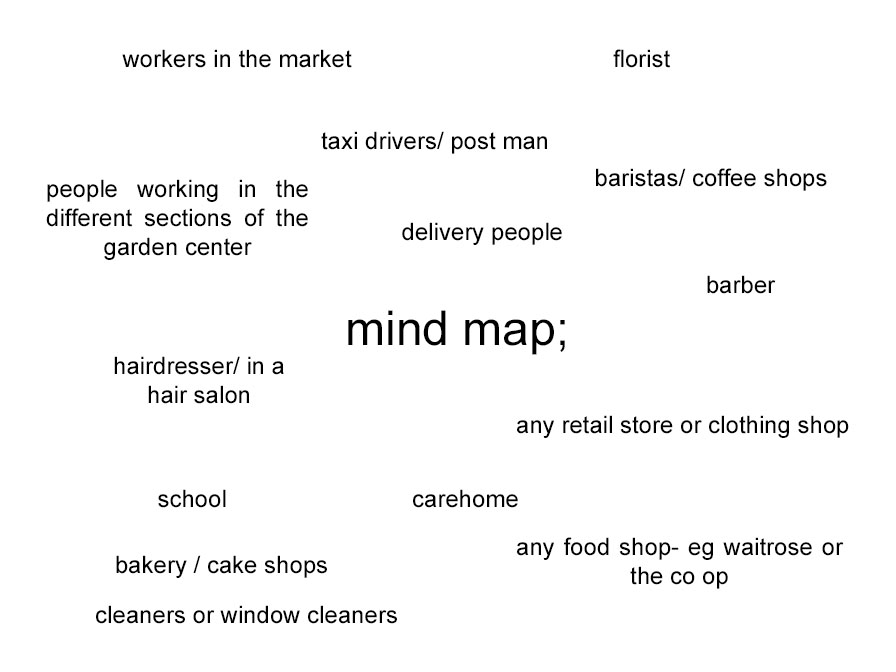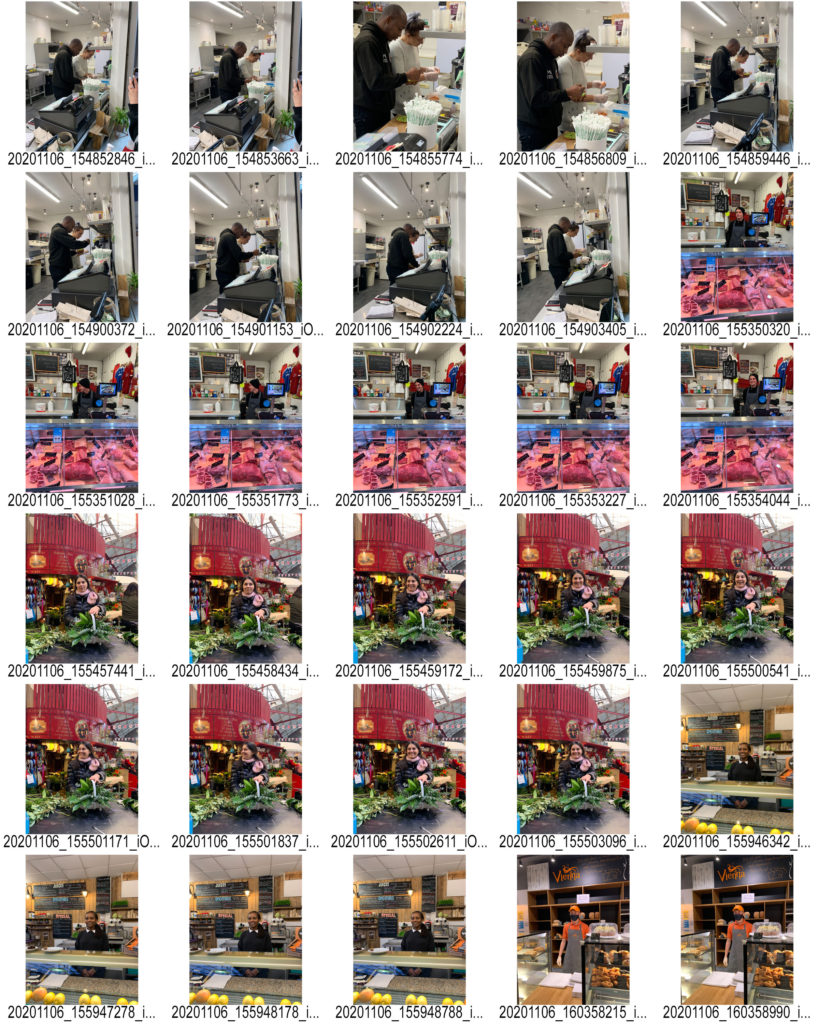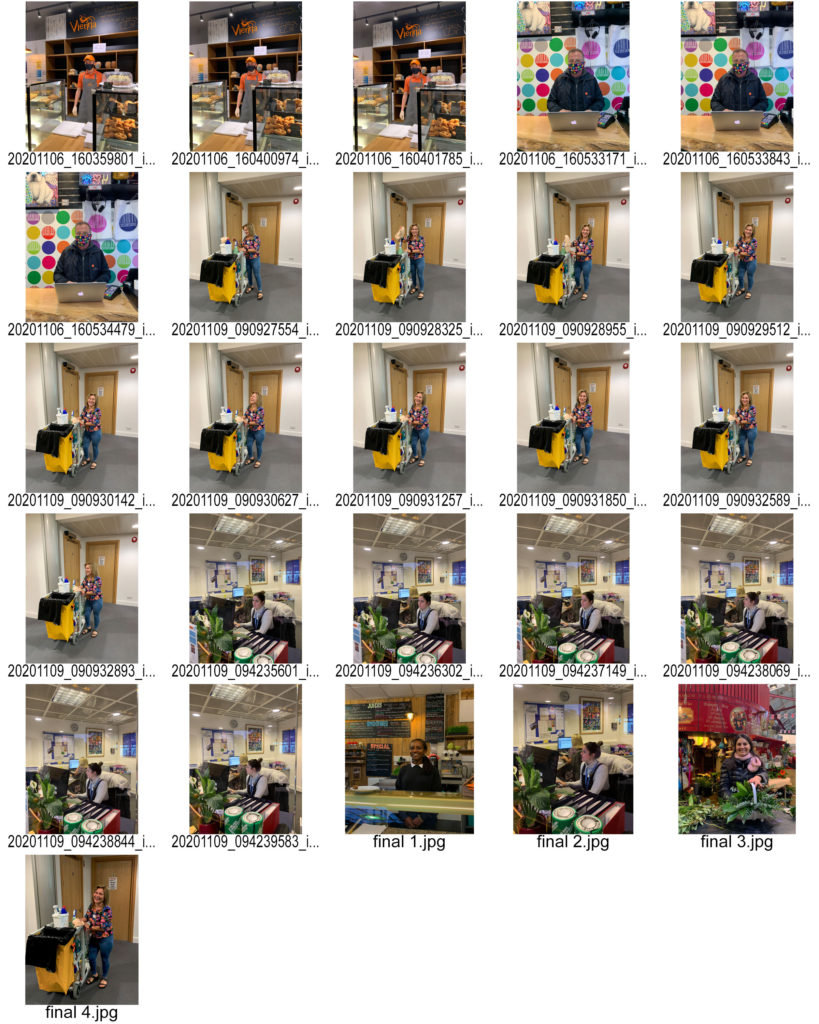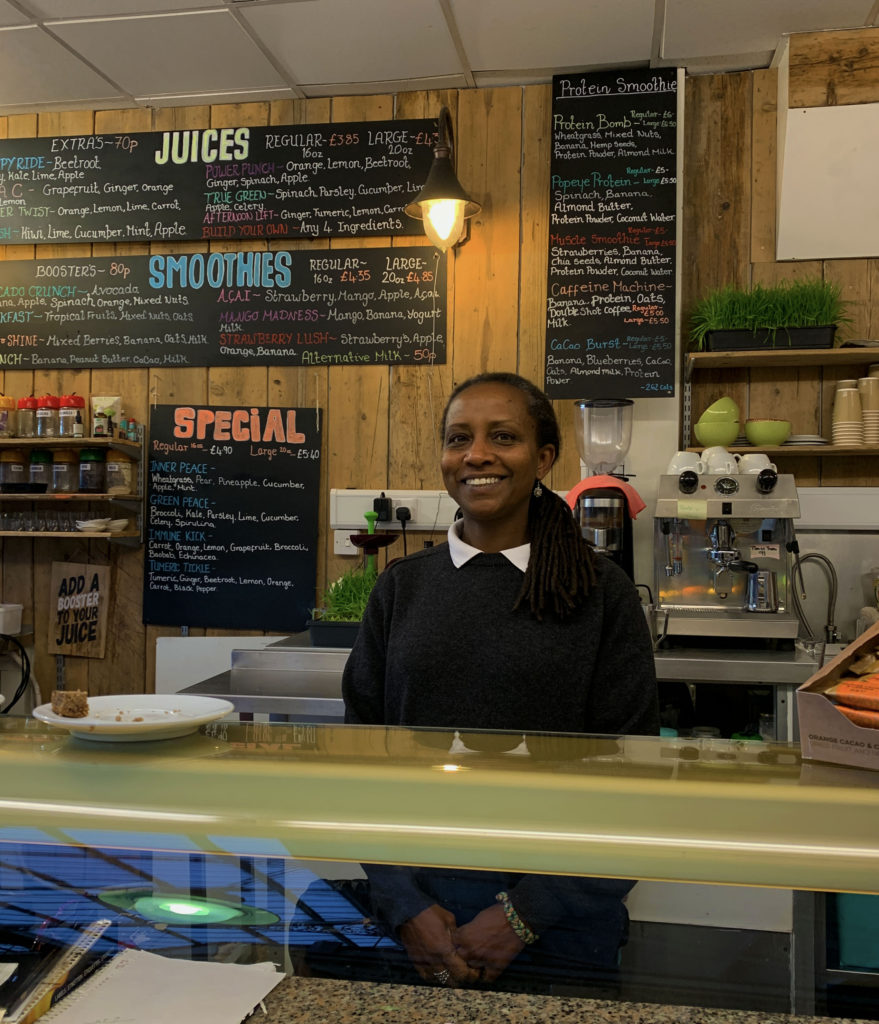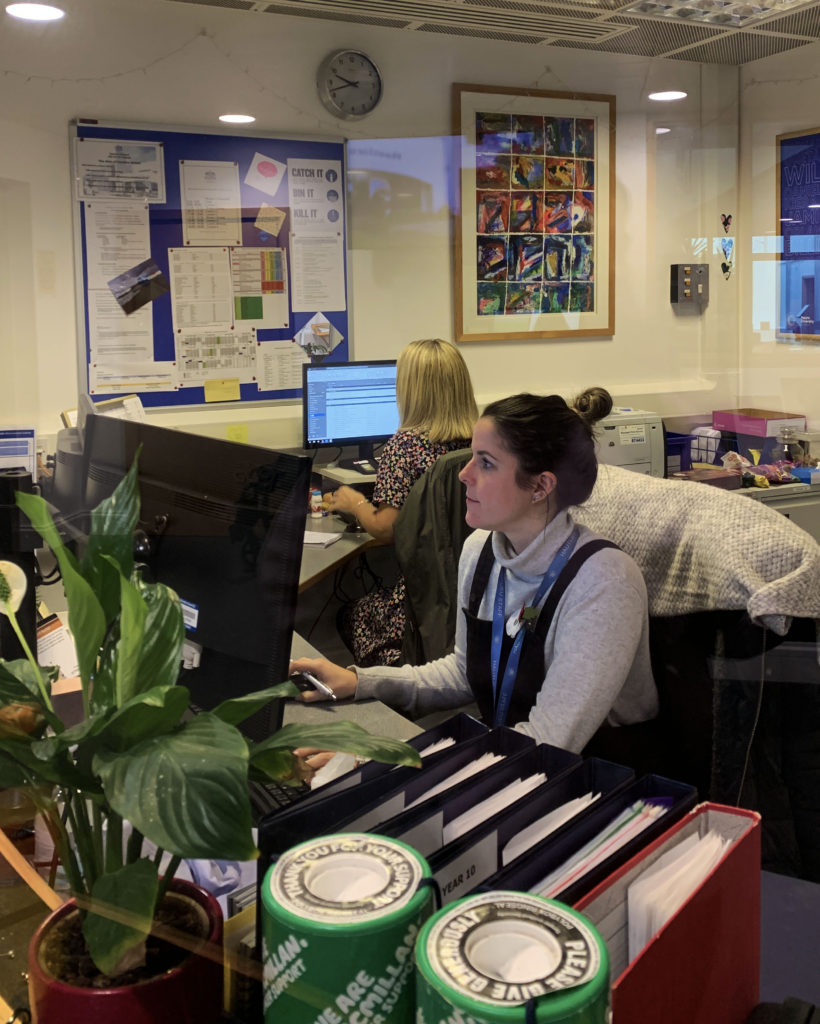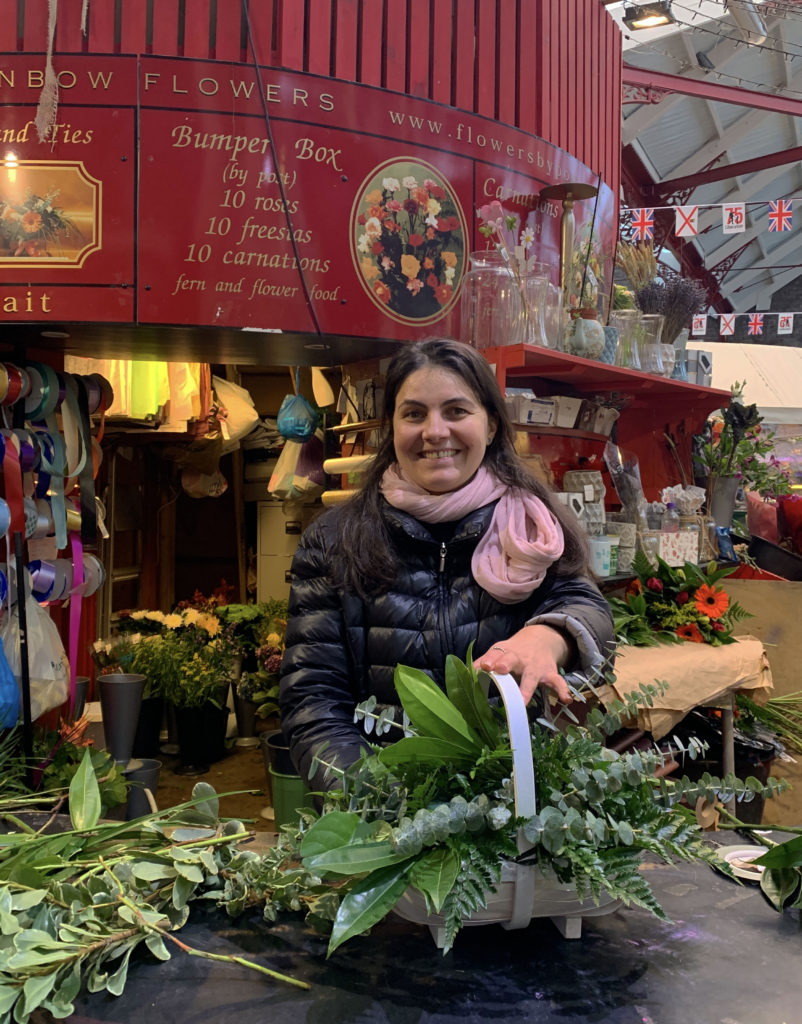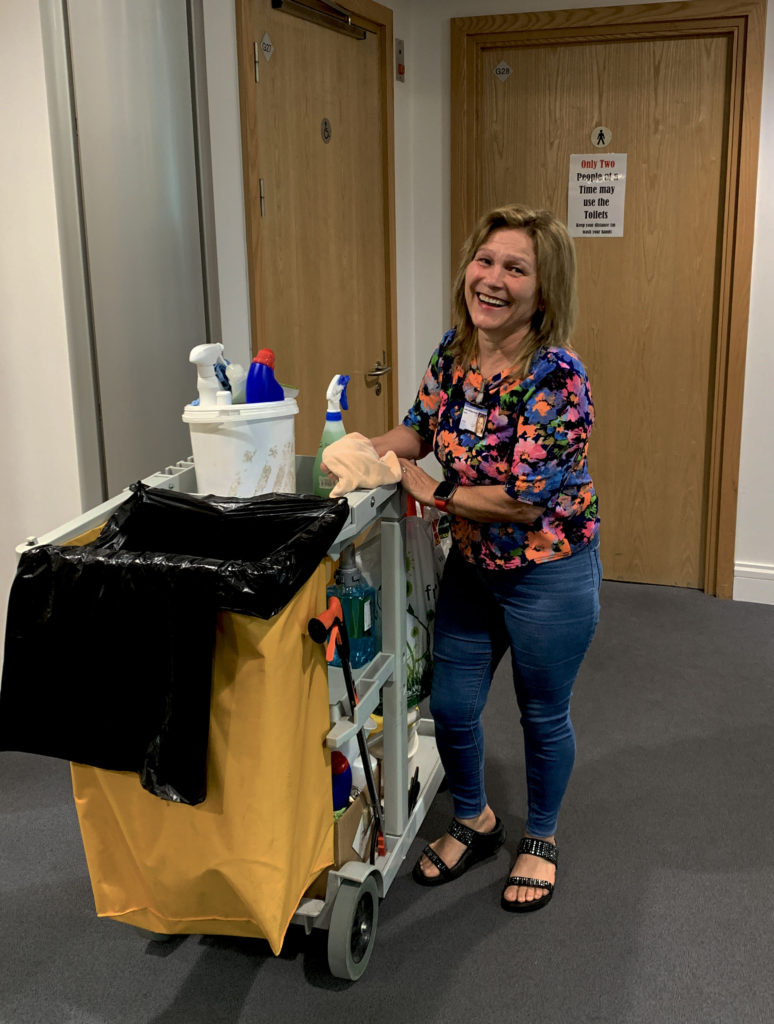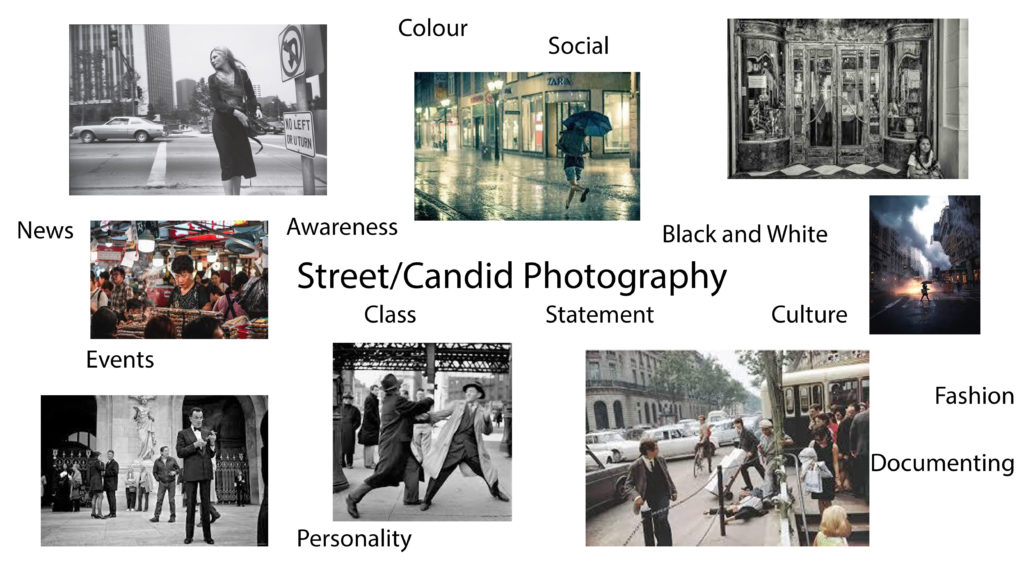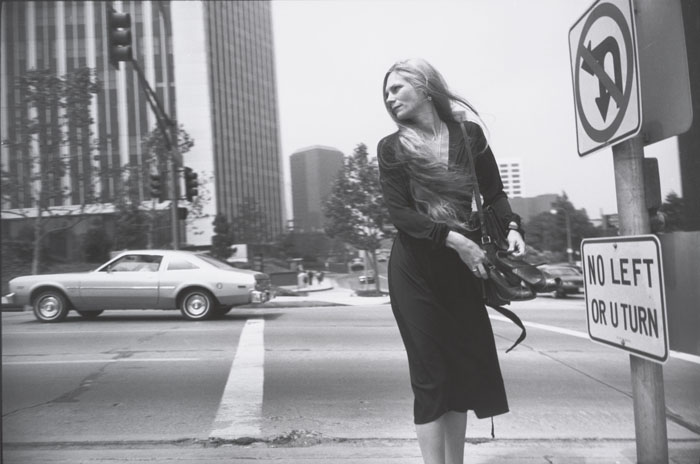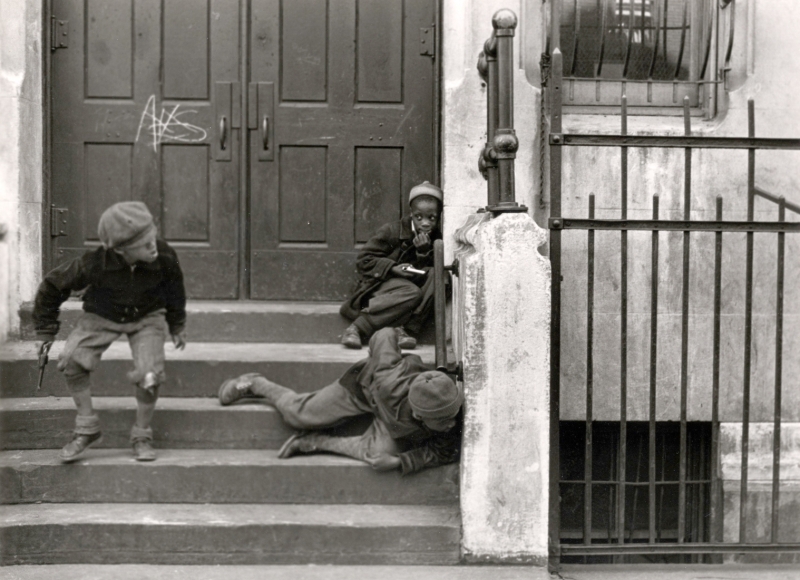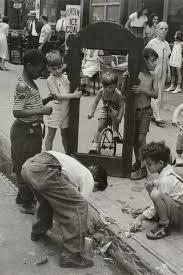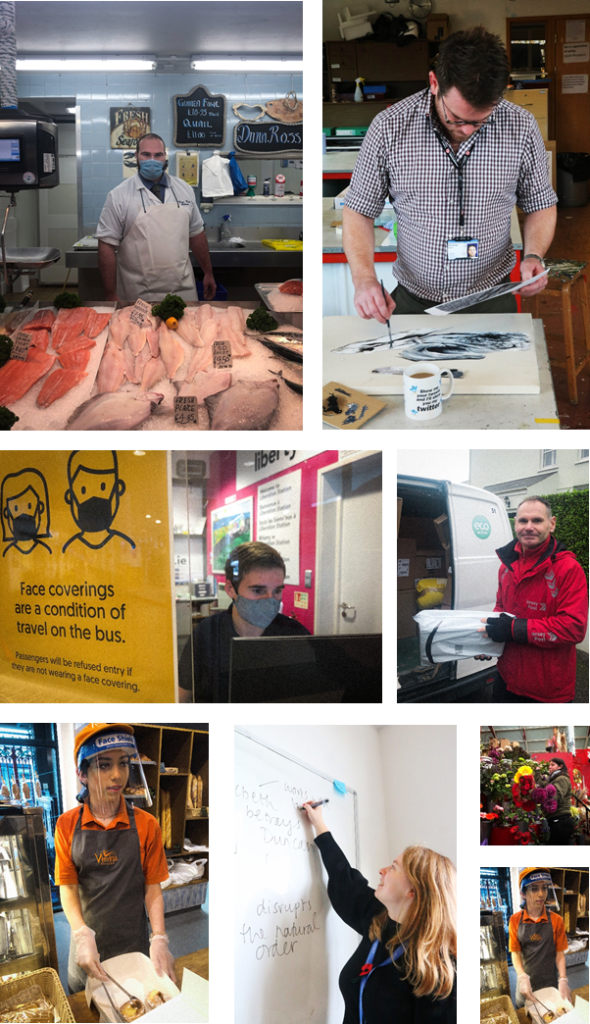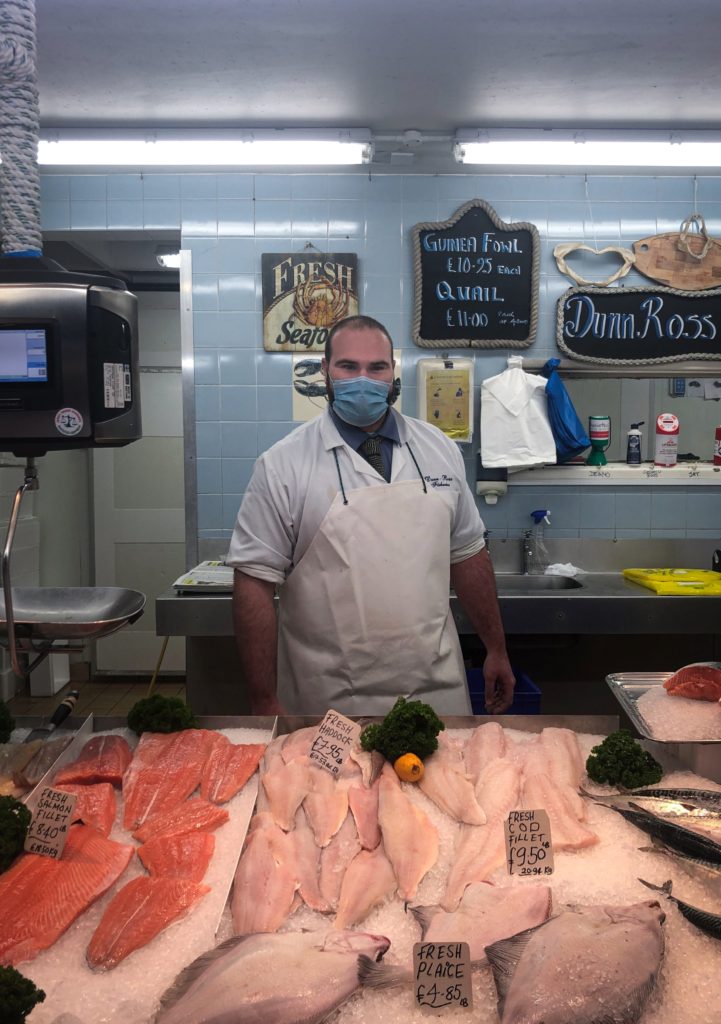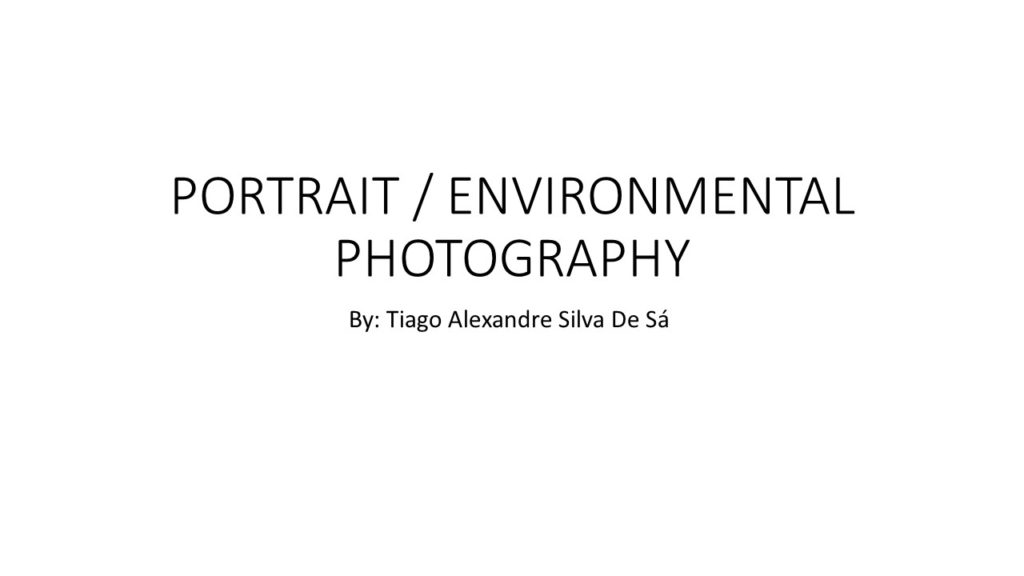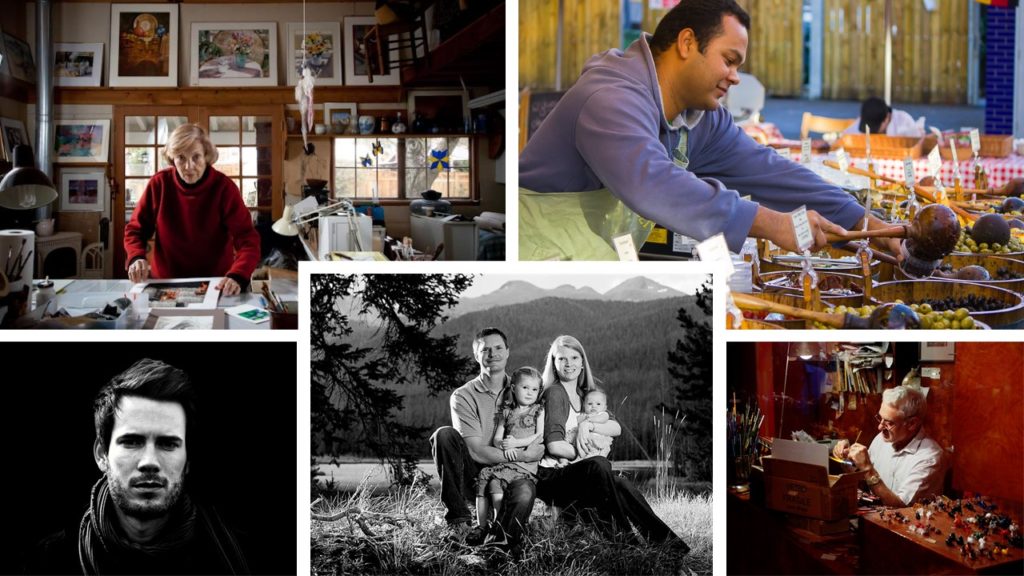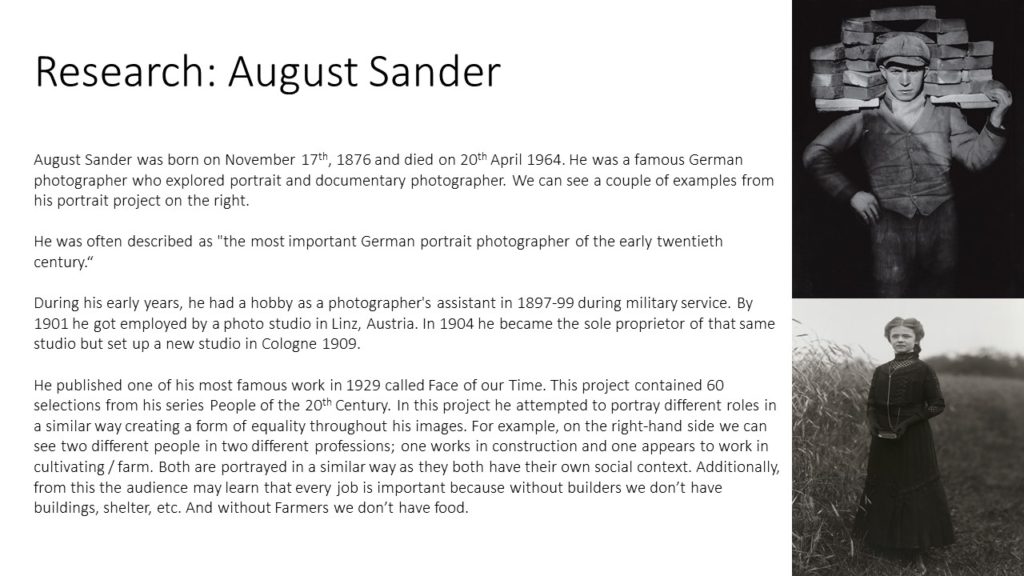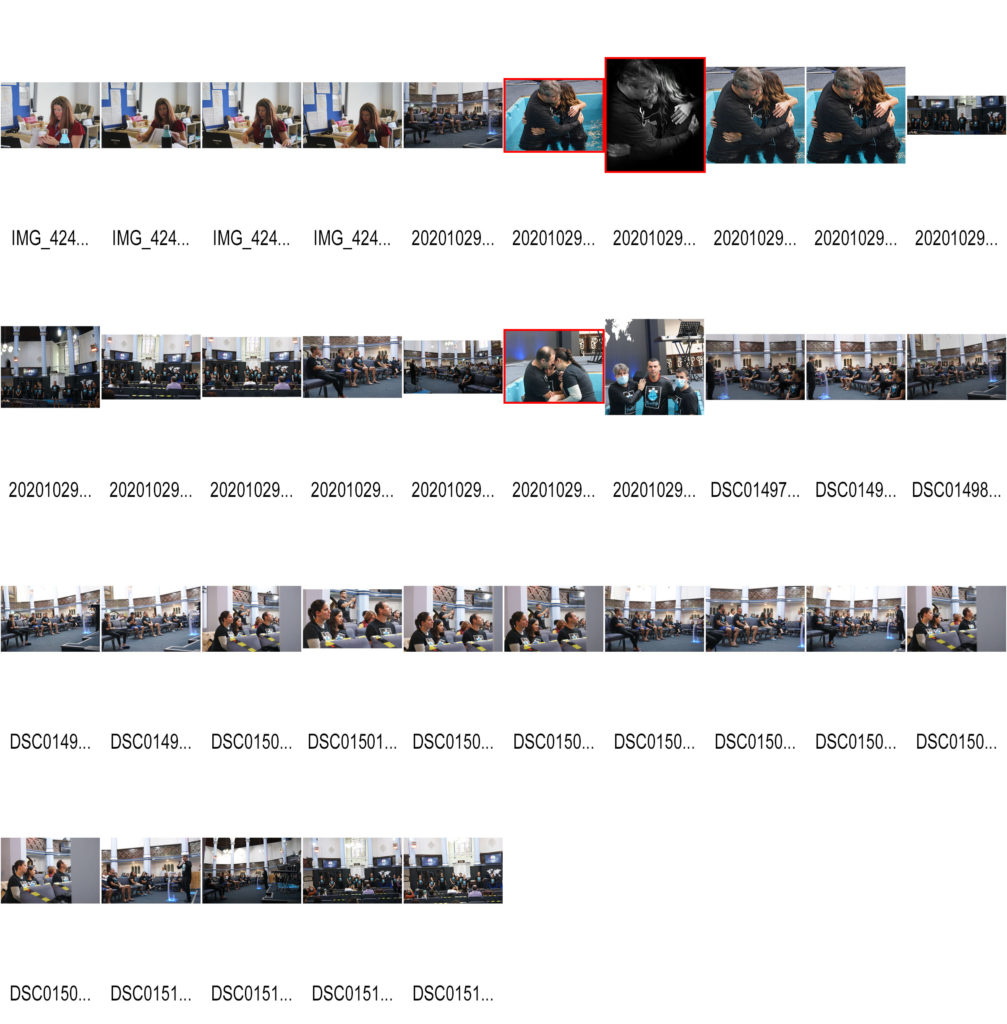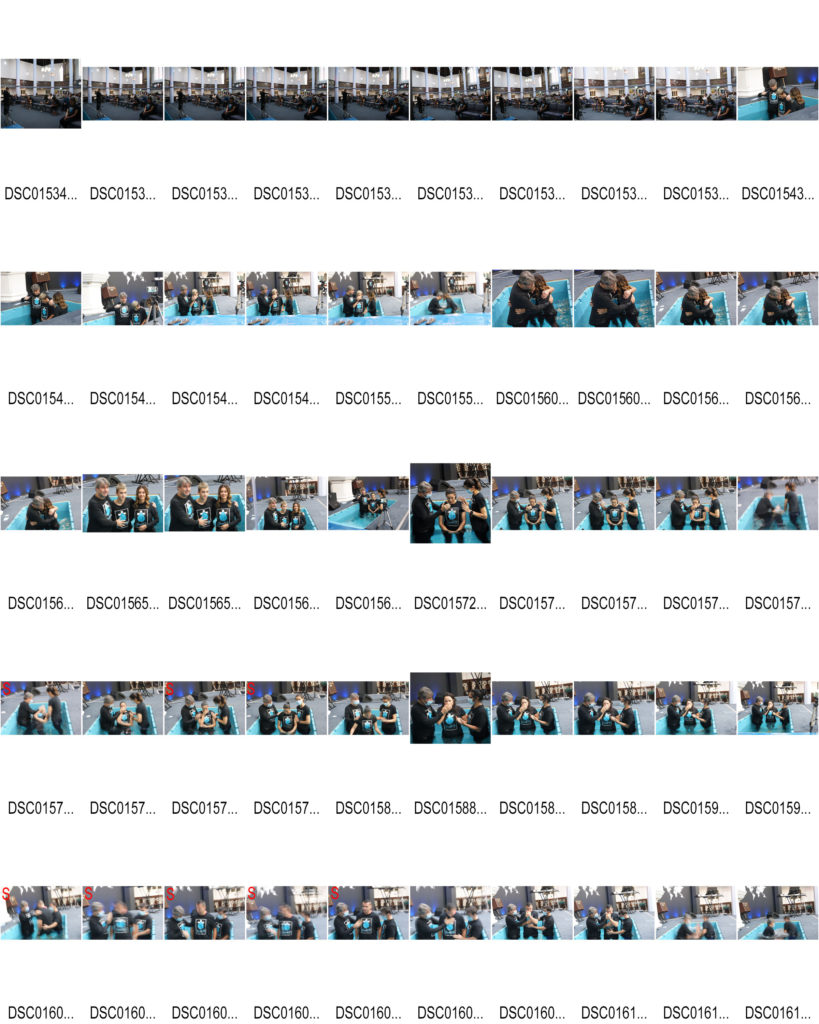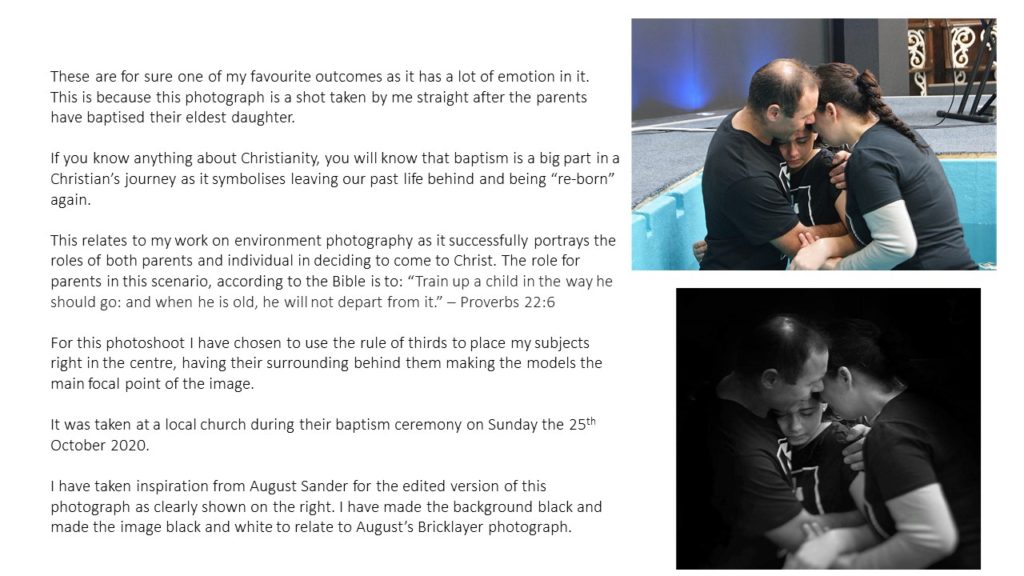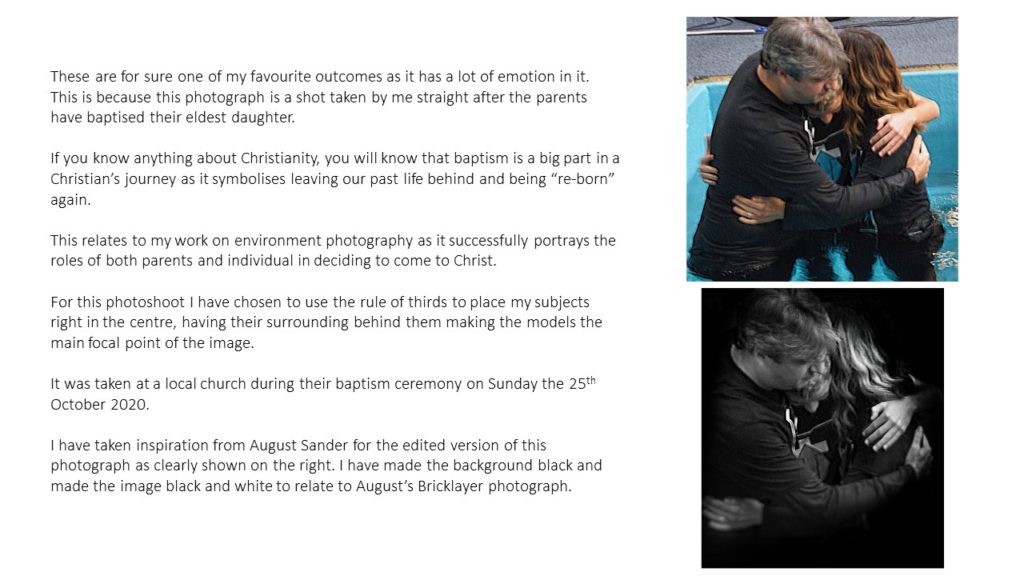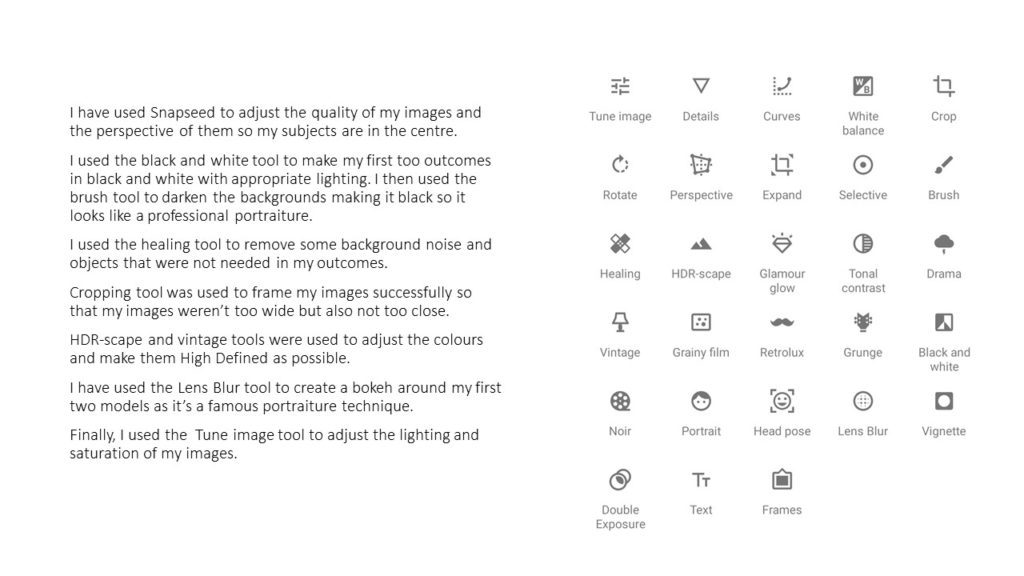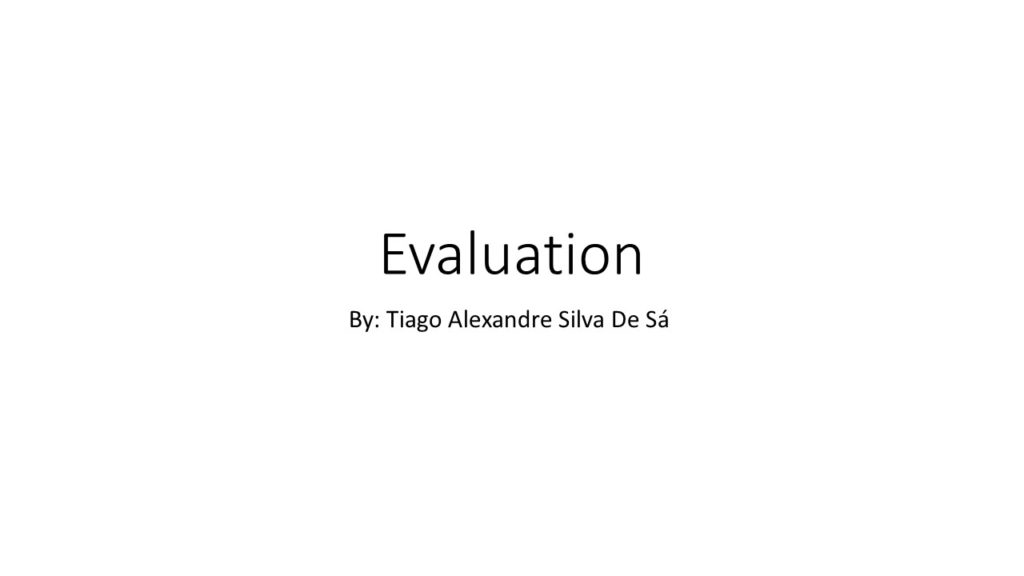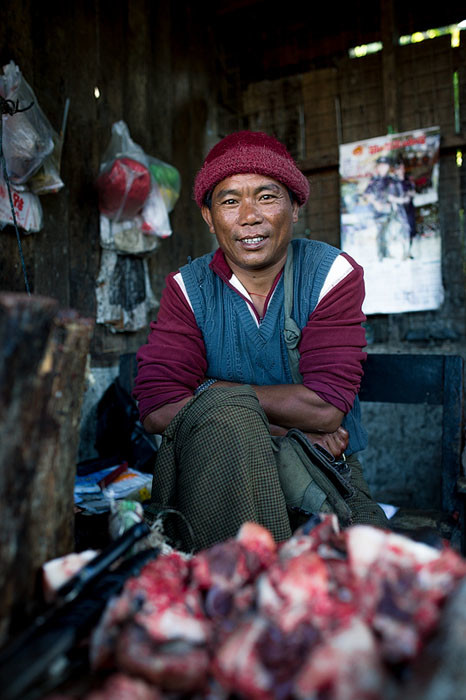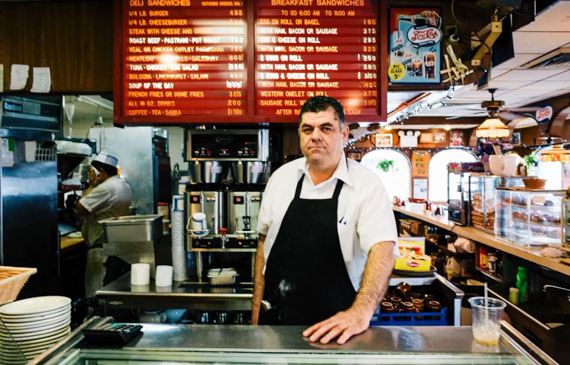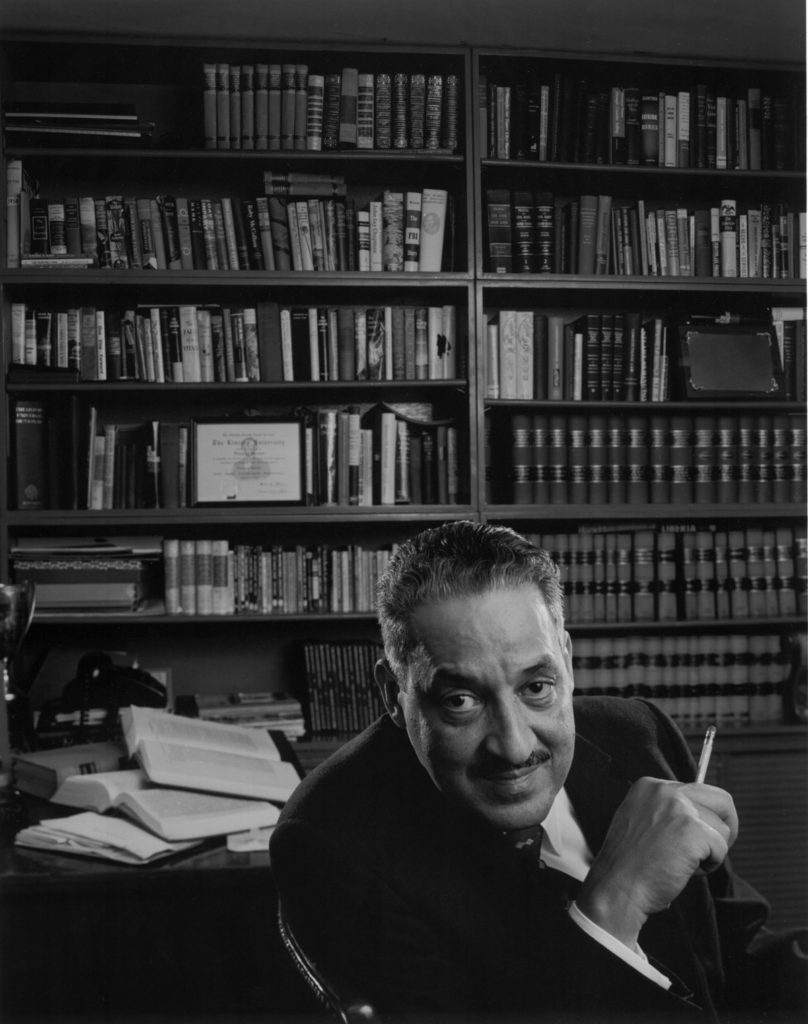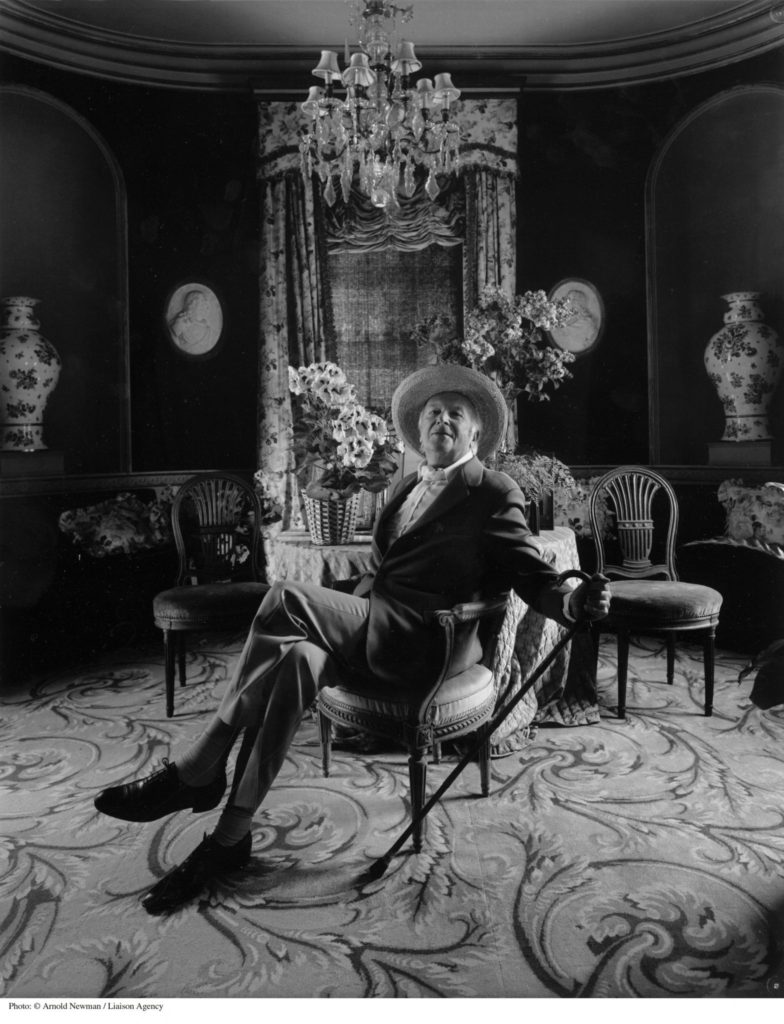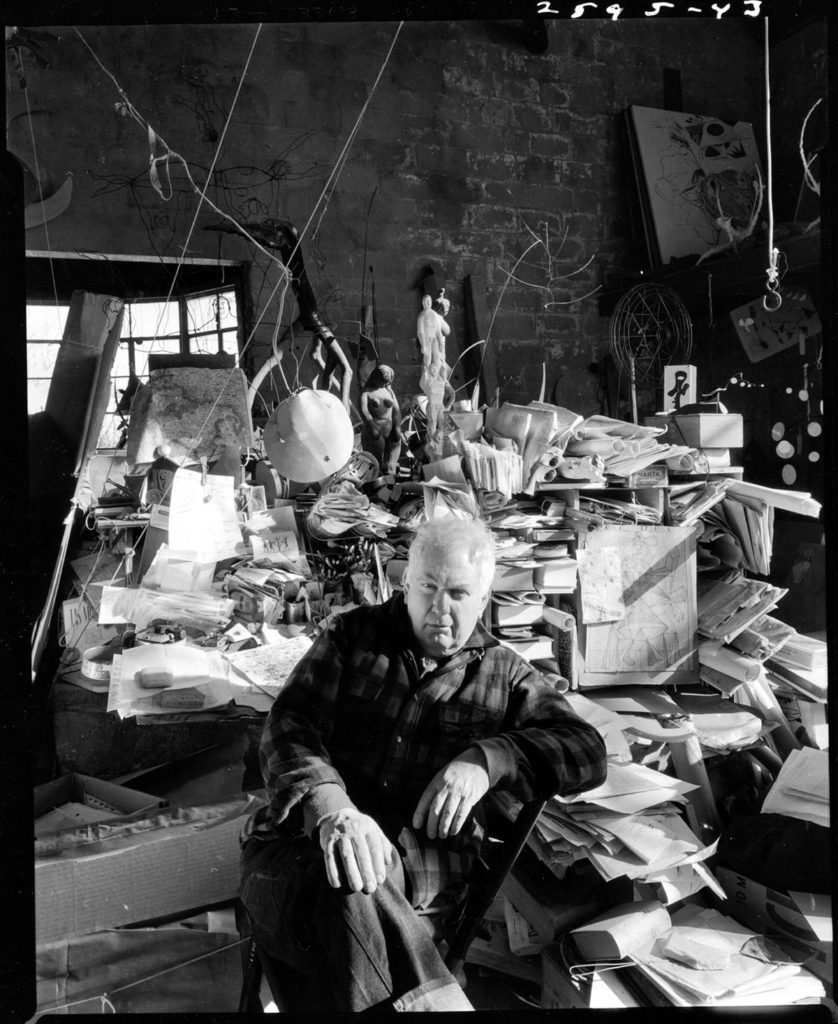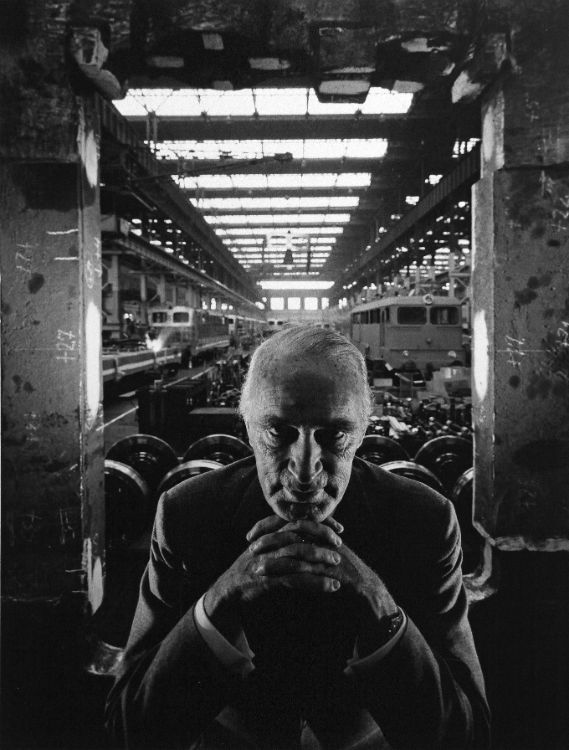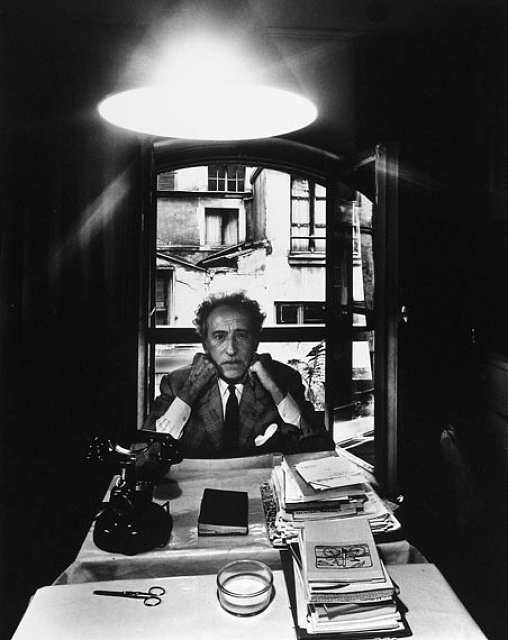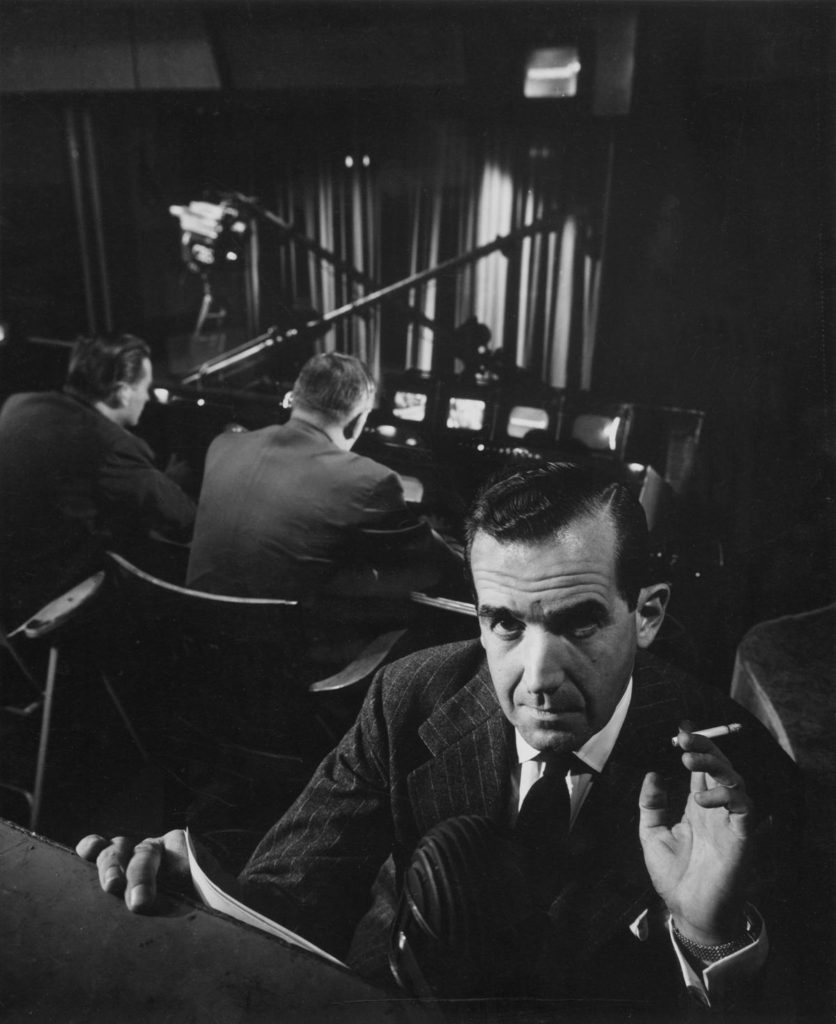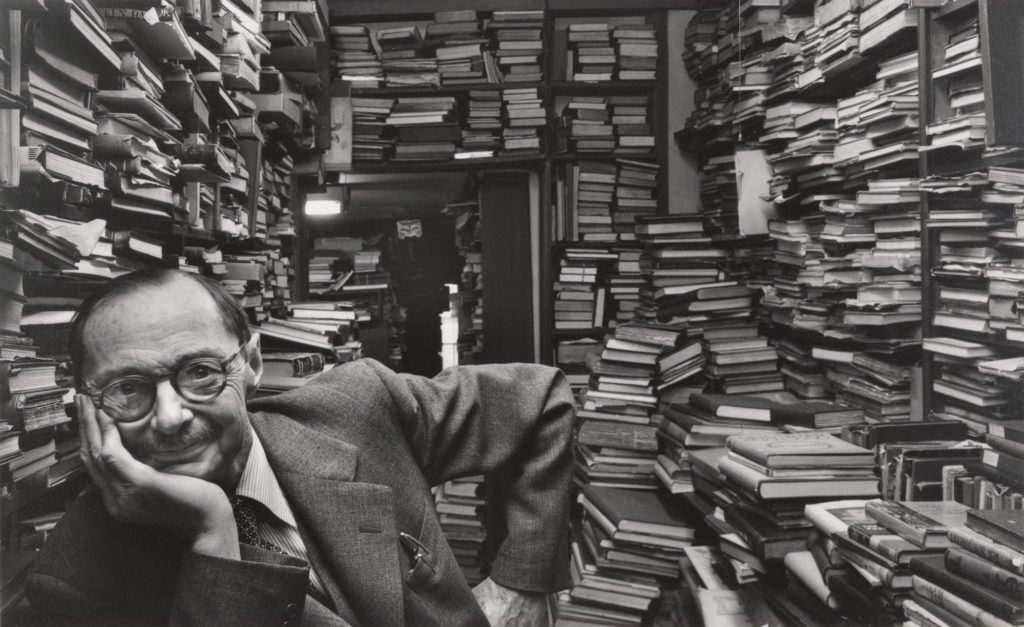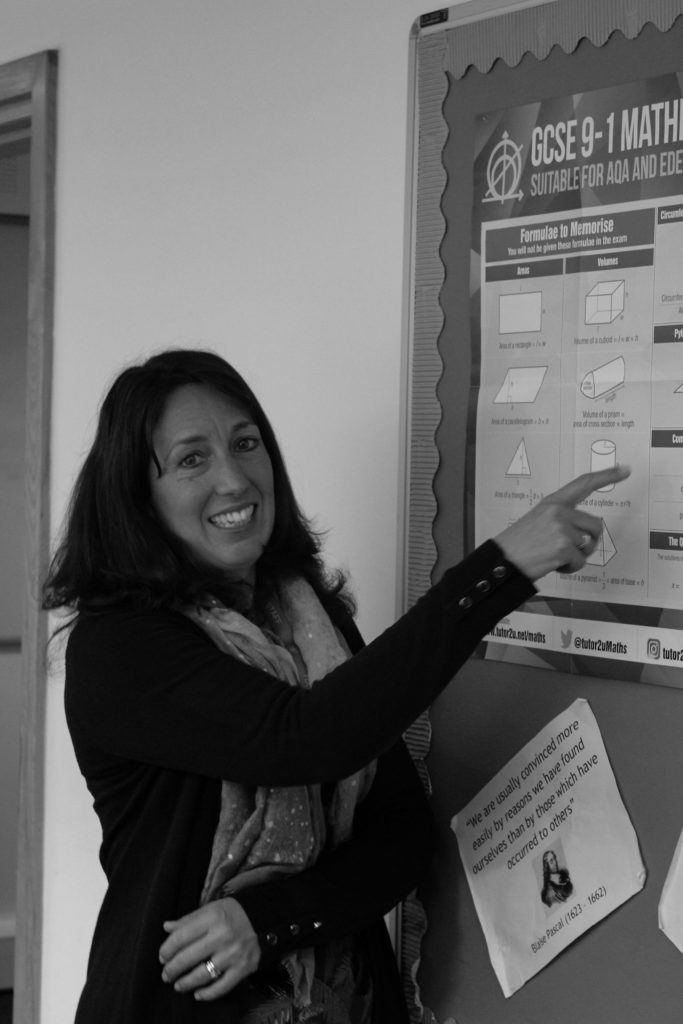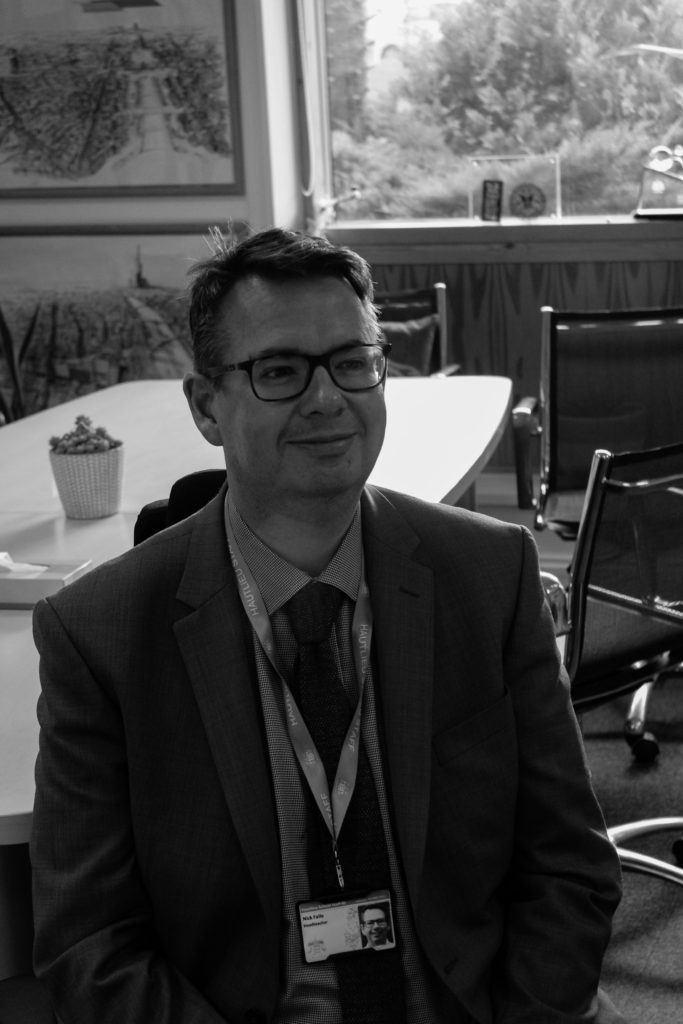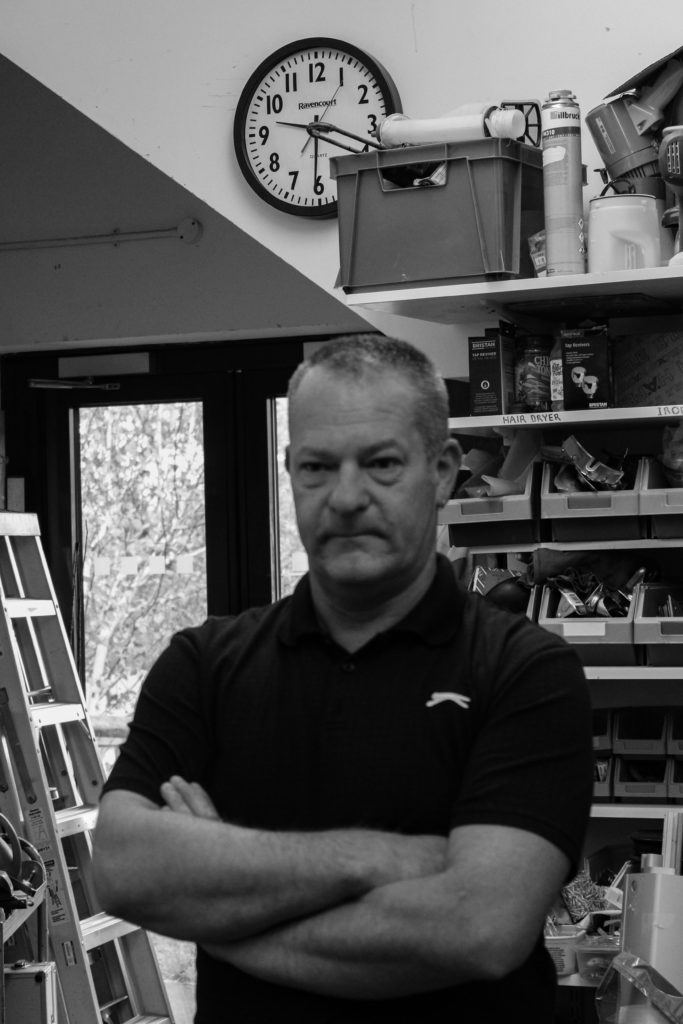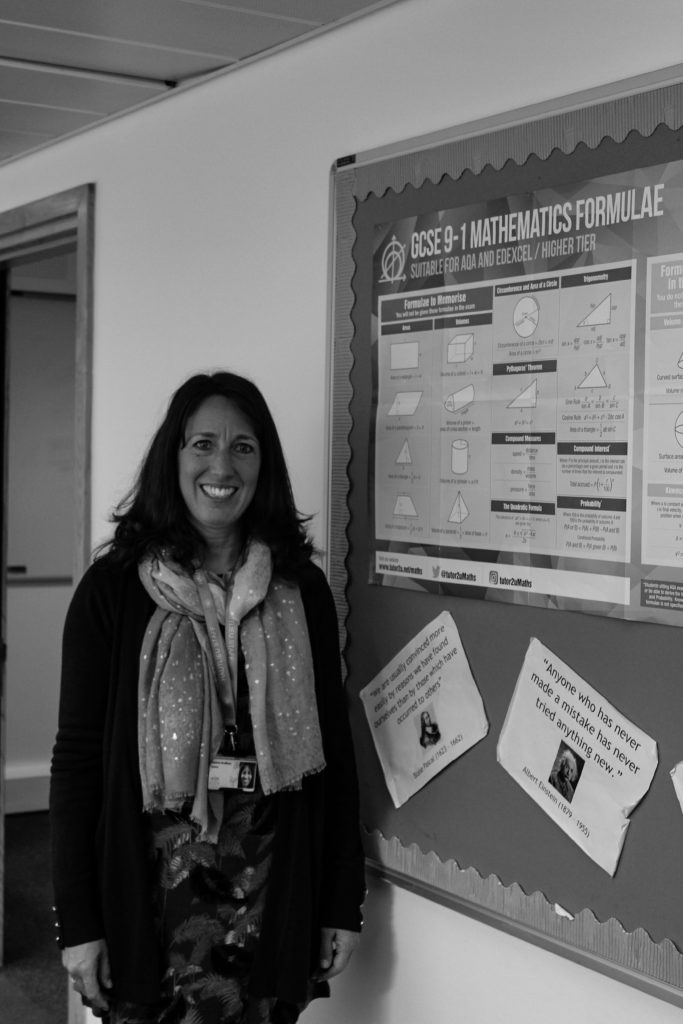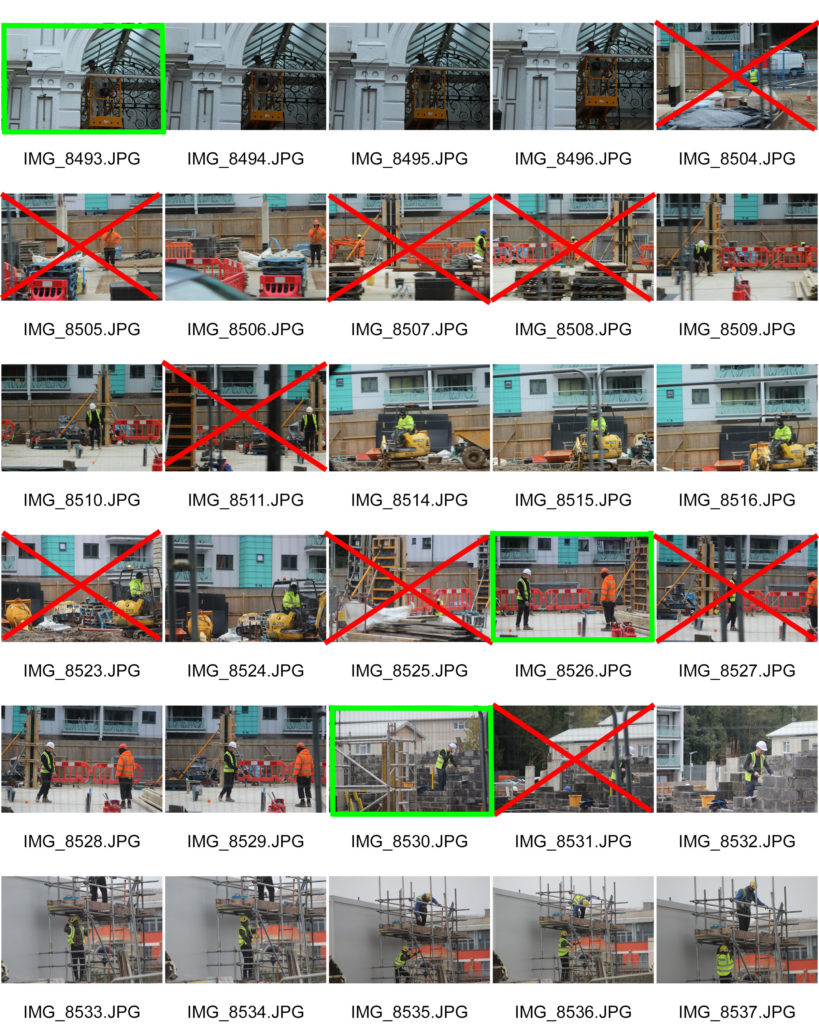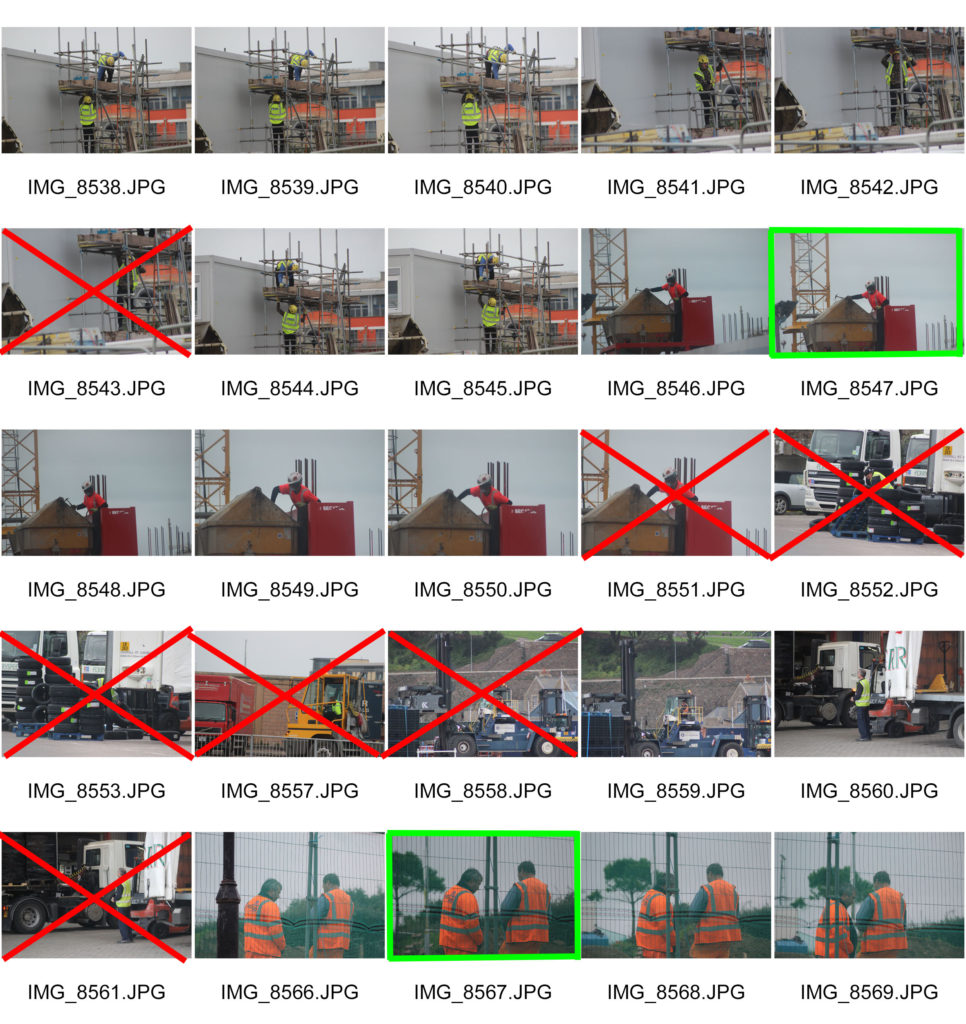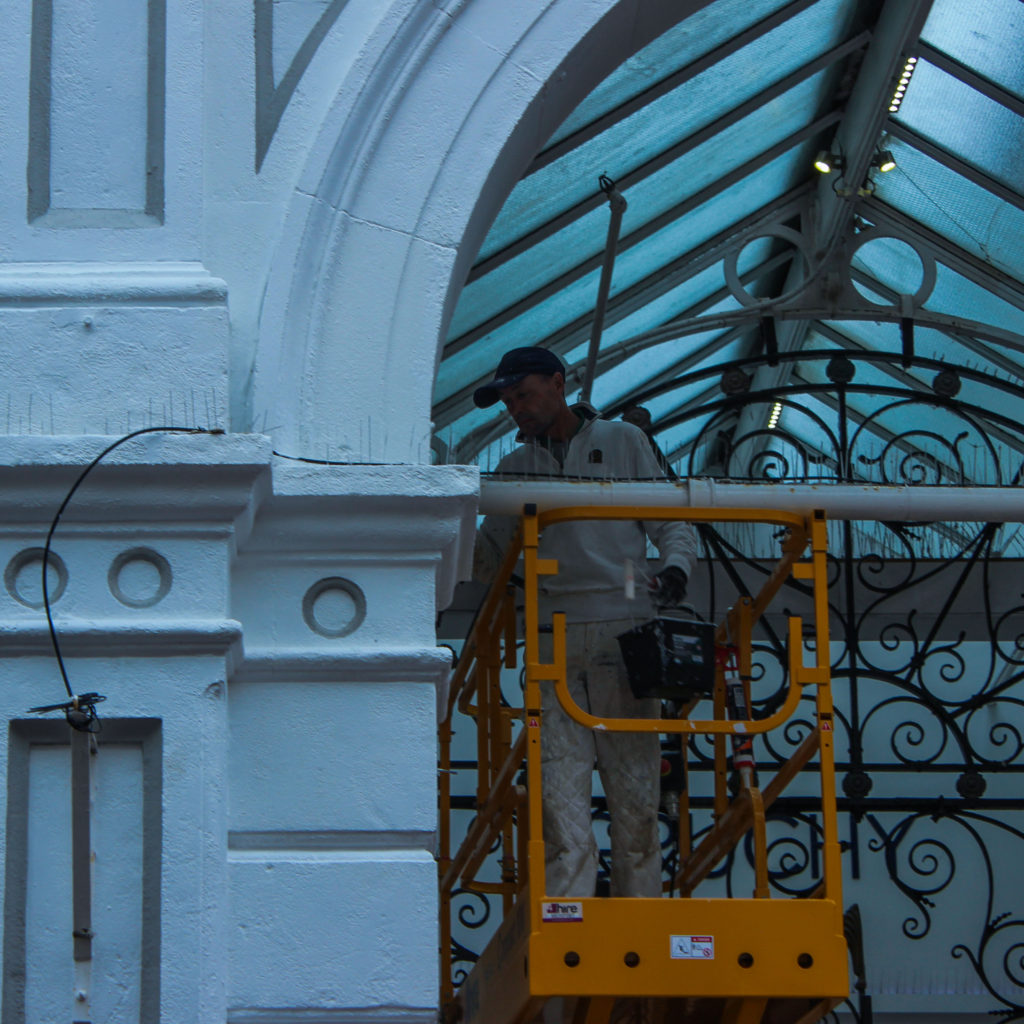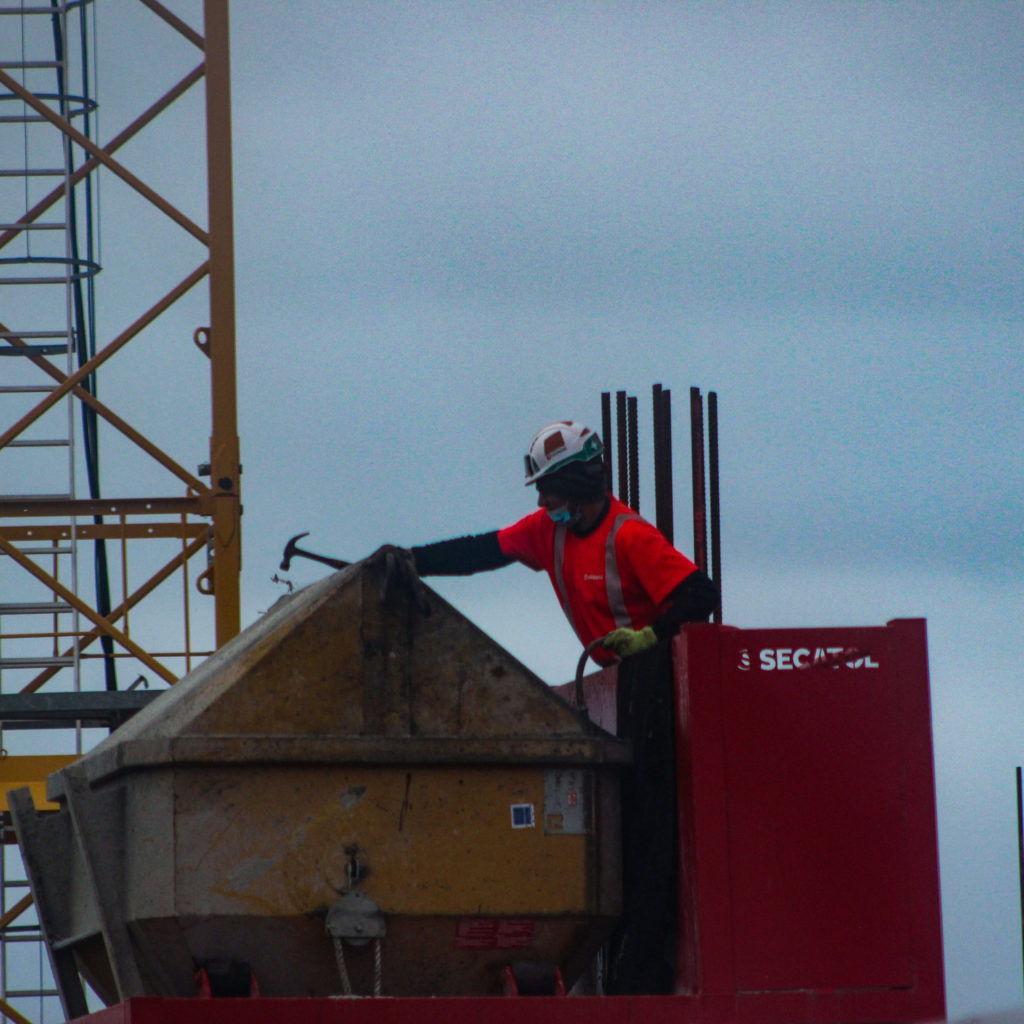Environmental Portraits is a form of portraiture where the typical working environment of the subject is showcased.

Anthony Kurtz 
Kremer Johnson 
Dennis Walsh 
Brian Megens

Kremer Johnson

The above three quarter length, head-on image taken by Kremer Johnson is a perfect example of an environmental portrait.
It is a good example because the image is of a man engaging with the camera wearing his wetsuit and fishing accessories while holding a spearfishing gun and sporting wet hair. This indefinitely shows us that fishing is his passion/job.
The image also has the ocean as the backdrop of the ocean which concludes the overall scene and setting of the environmental portrait.
The image is lit using natural light with aid from a more fluorescent light which fills in the right side of of the subjects face and creates a shadow which intensifies his features and helps drive the idea of a well weathered fisherman in the portrait. Kremer uses a smaller aperture to create a large depth of field by isolating the subject from the background and creating a bokeh effect. There is also use of a warmer white balance to accentuate the theme of pride.
Kremer has created texture by using a high resolution camera and lense combined with the lighting. The texture is constructed around the contrast of the smooth neoprene chest plate with water cascading down it and the fishermans rough hands and facial features and metallic gadgets which tells the story concealed in the portrait.
PhotoShoot Plan
Who – Surfer
When – Later in the afternoon so natural light is not too harsh
Where – By the ocean
What – Subject holding surfboard in a wetsuit.
Why – This portrays her passion/hobby clearly in the portrait.
How – Use a warm white balance and a combination of natural and manmade light.
Contact Sheets
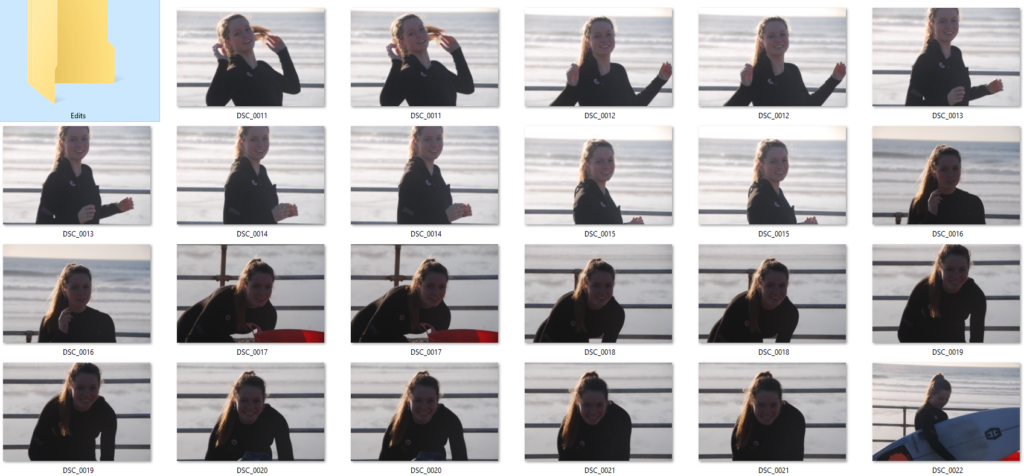

Final Images
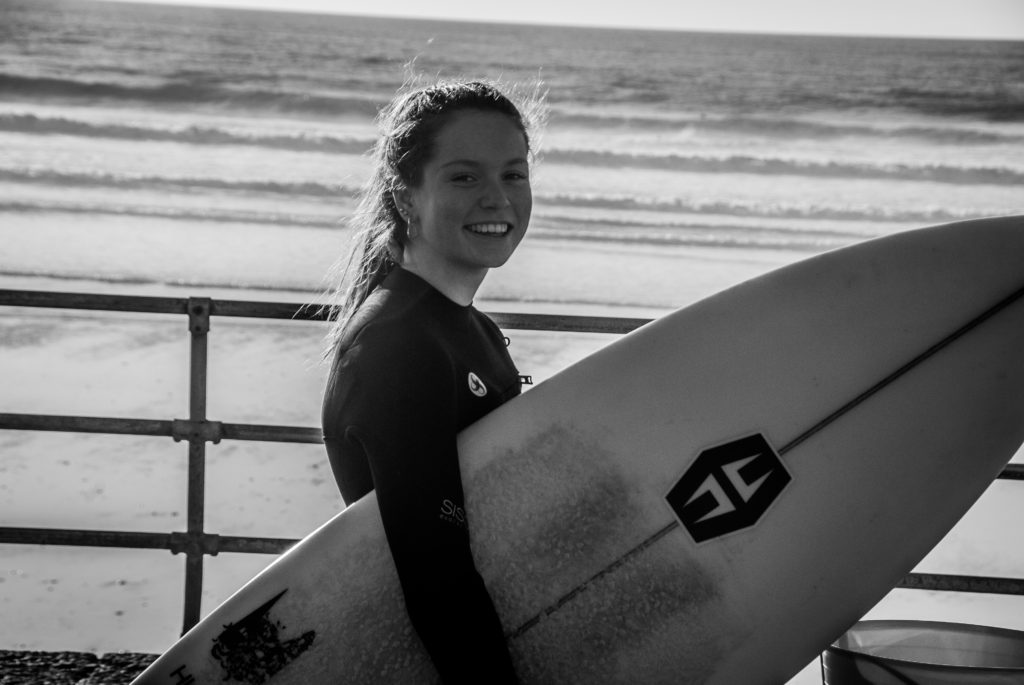




I chose to use a low saturation and a high contrast to give my image more tonal depth and clarity. This helps outline the subject and make her the focal point of the portrait.
I used a combination of natural and fluorescent for the first few images the sun was hitting my subject from the side on creating an outline on one side whilst casting shadows on the other side to emphasize her facial details. for the last two images I wanted to light my subject head on so I use a one point lighting system and it worked well with the background.
I used a lower ISO to slightly udder-expose the images to relay a gloomier mood to emphasize the winter environment. This also gives us more context into the life of the subject relaying by informing that she is a more passionate surfer as she endures colder weather.




